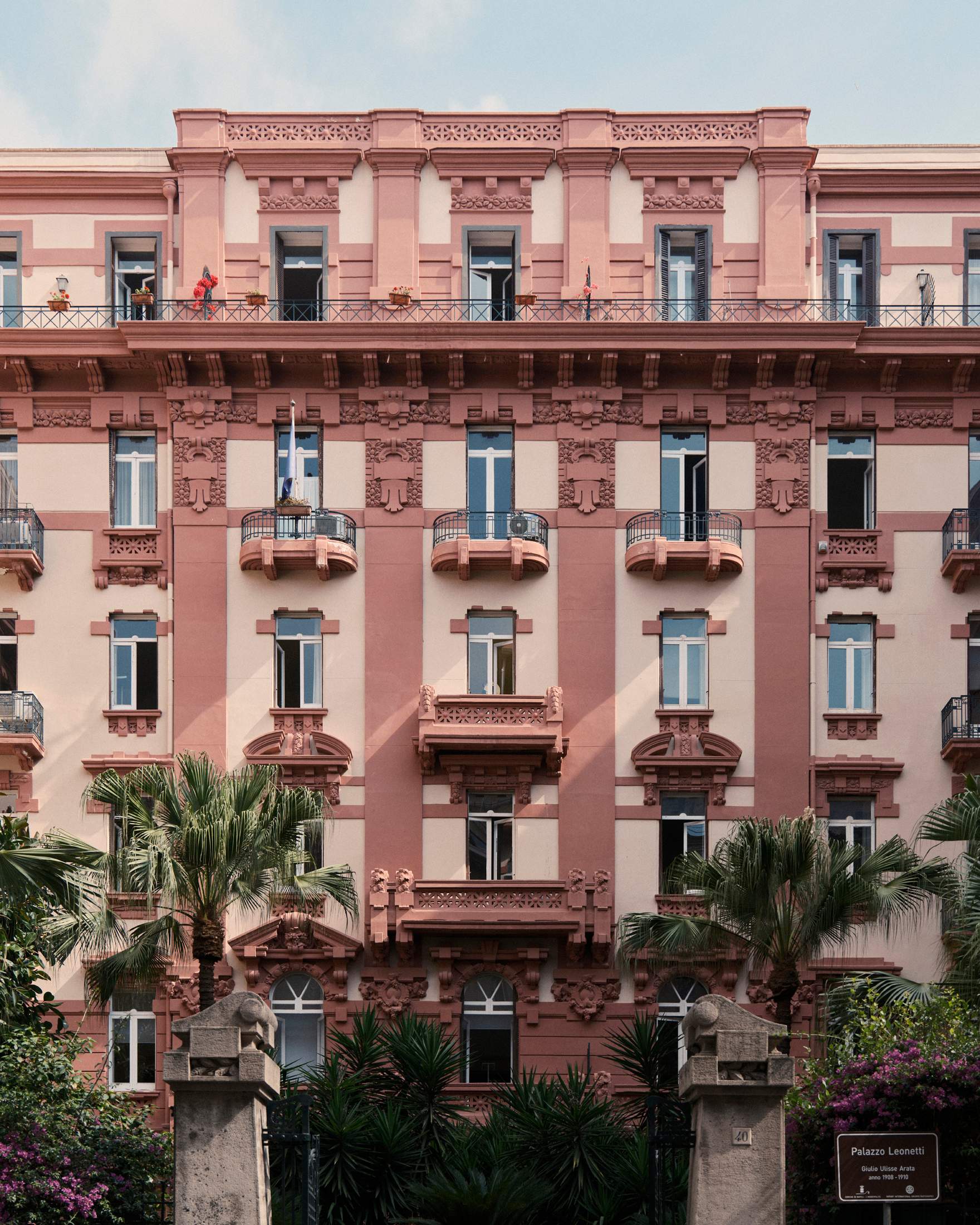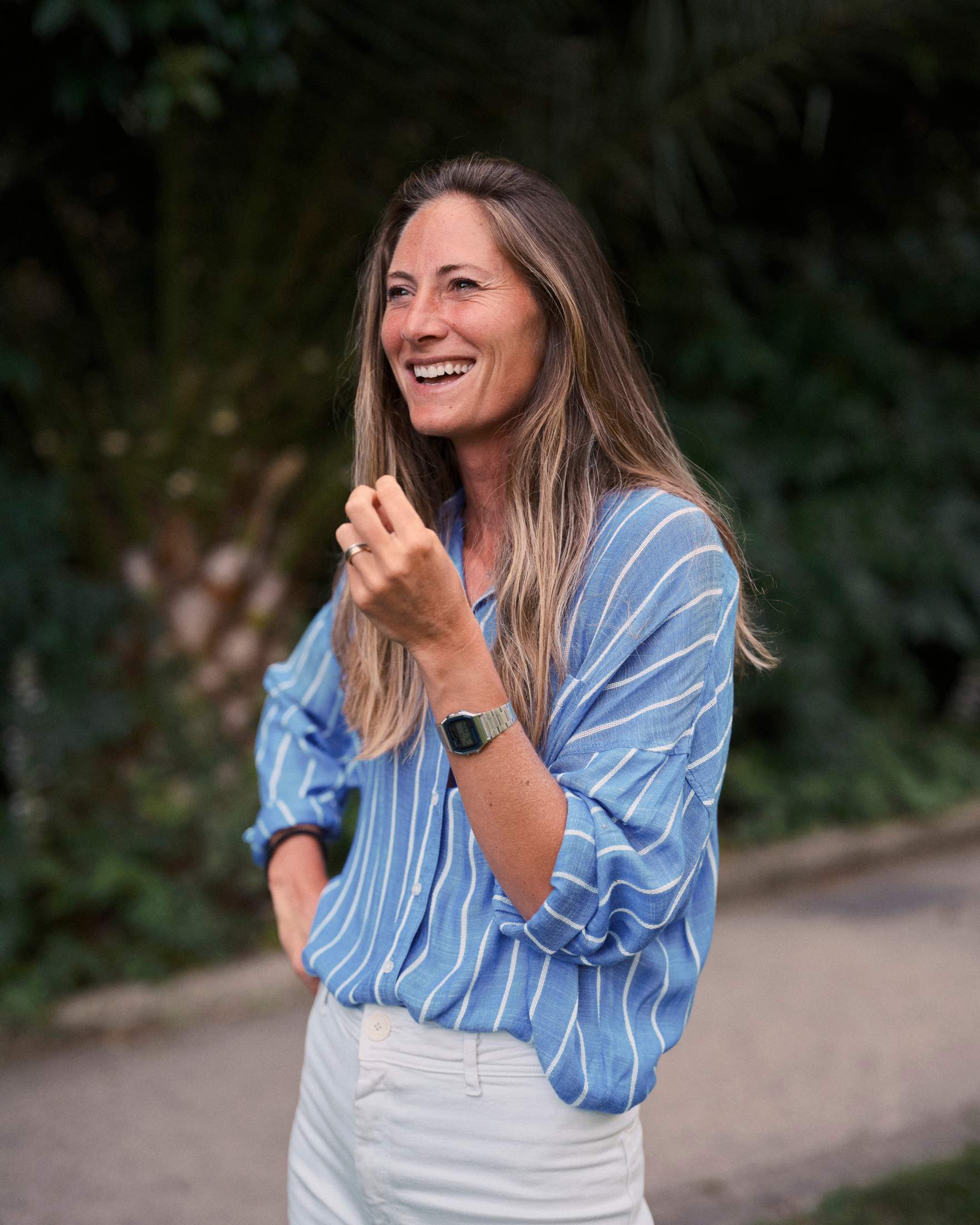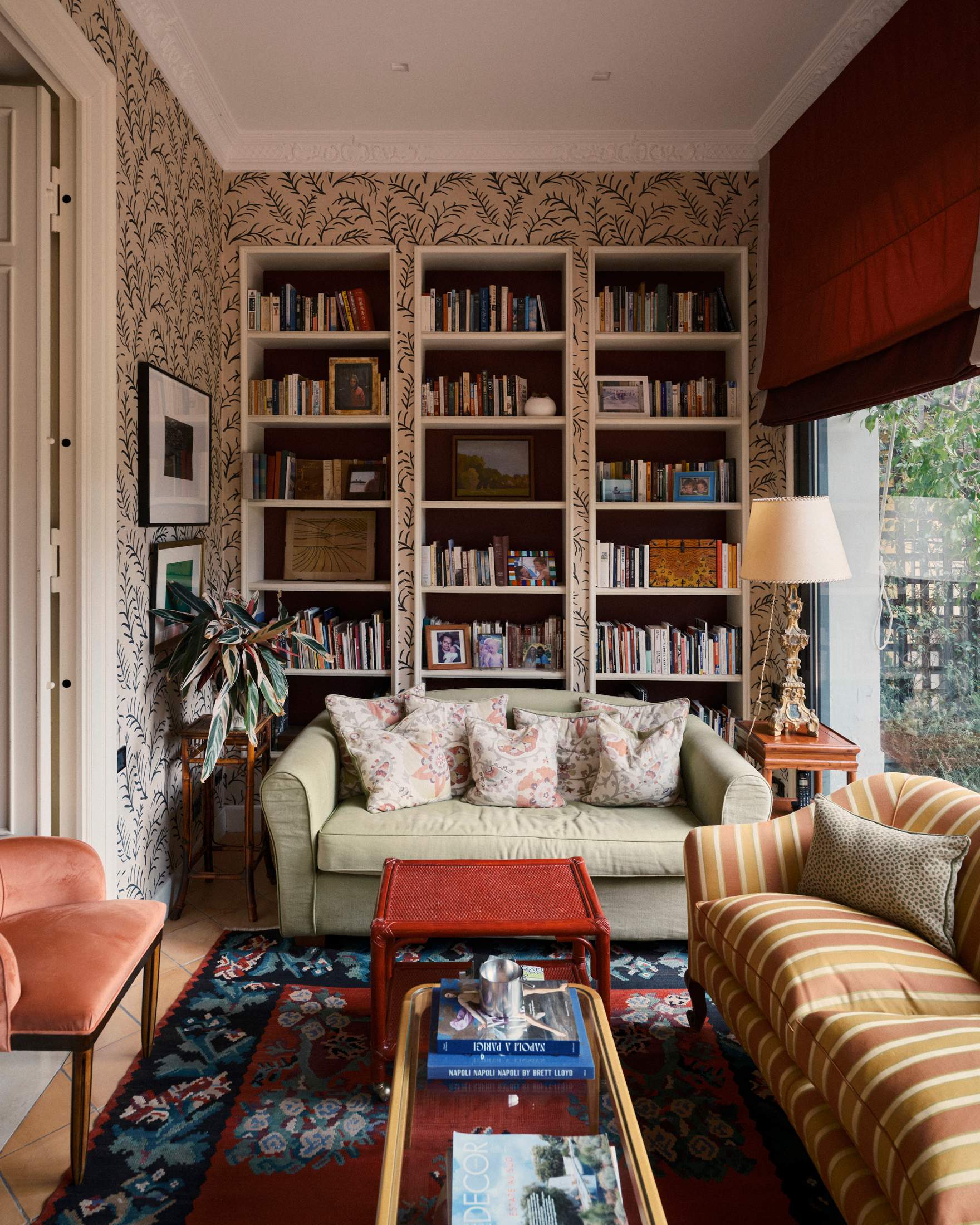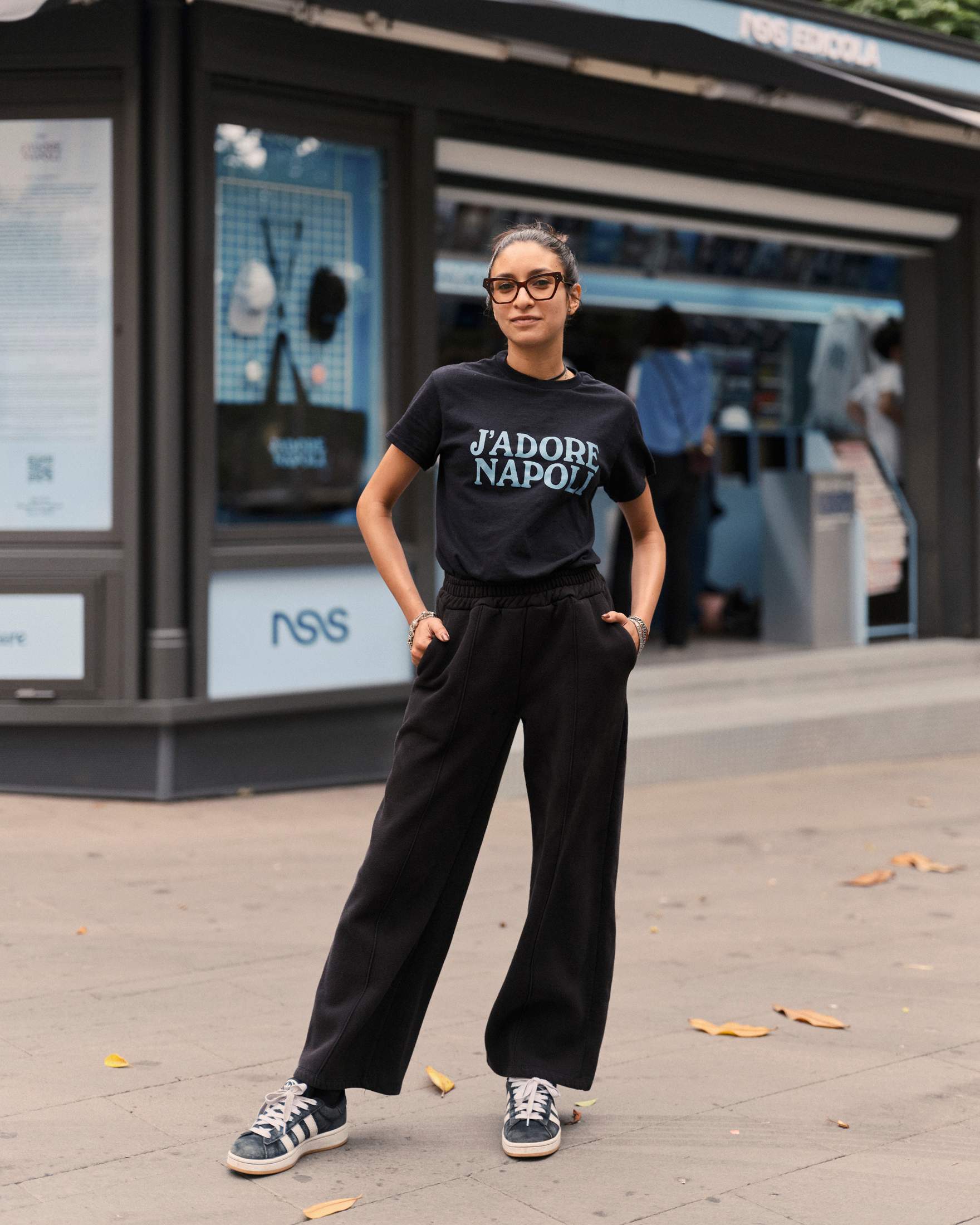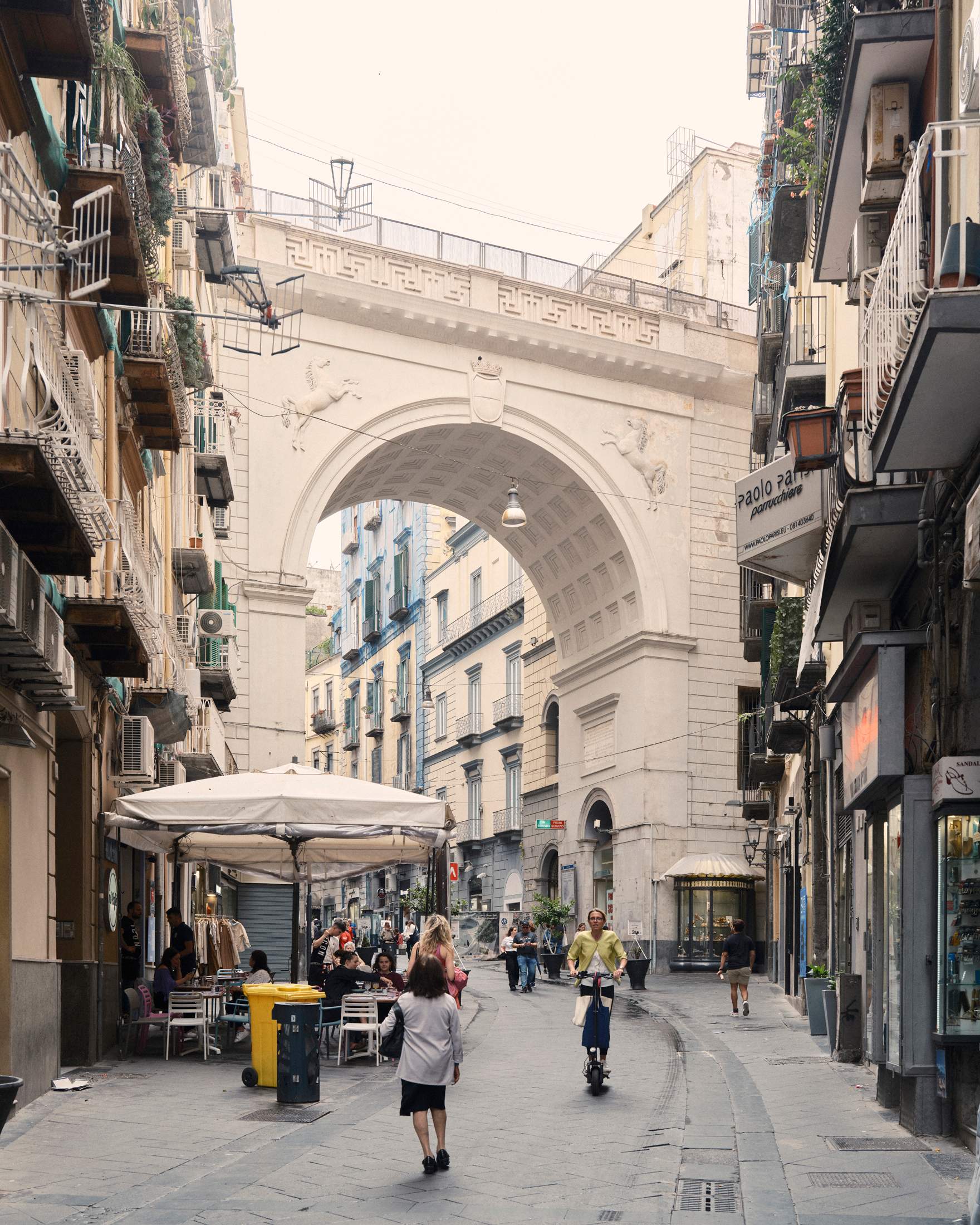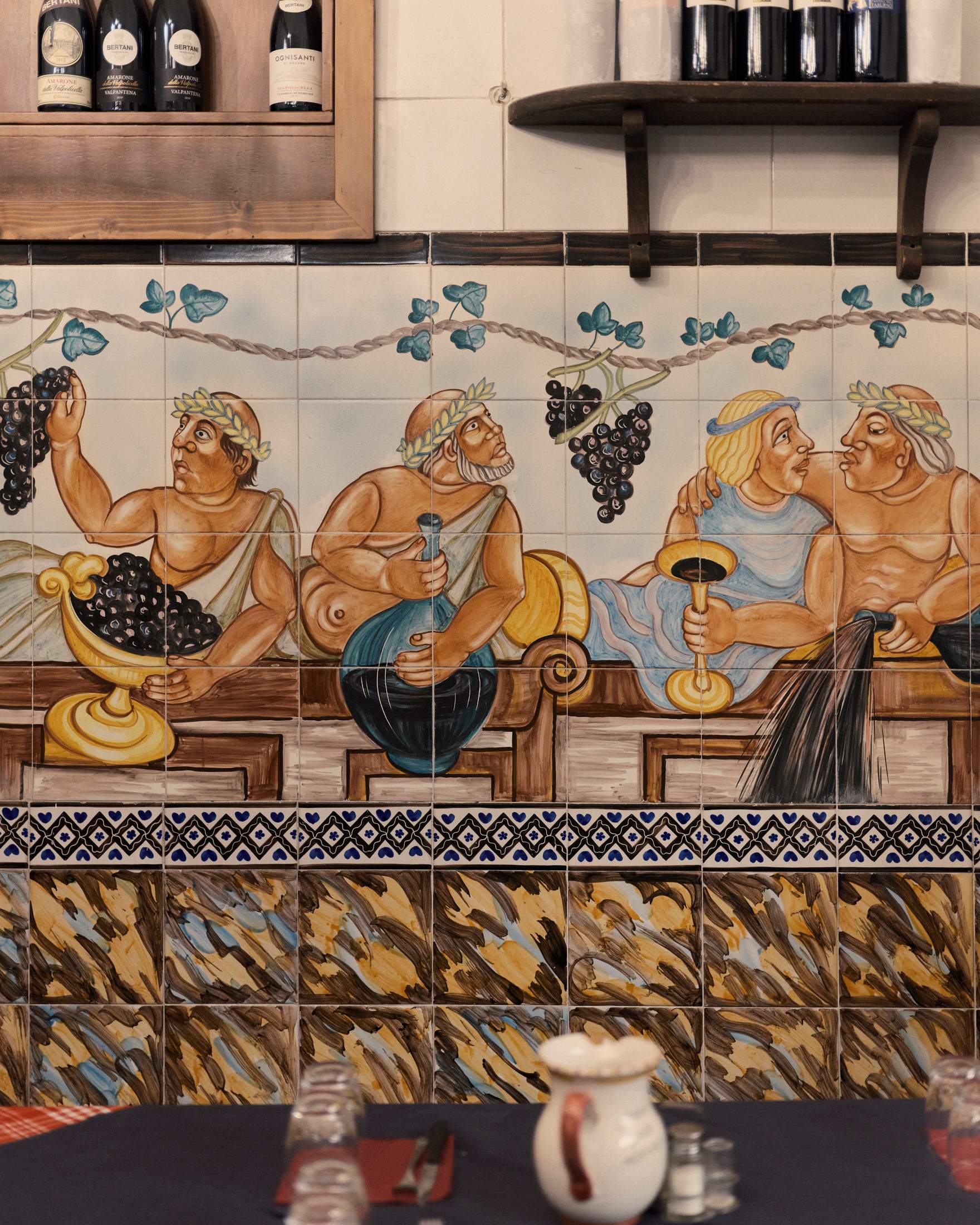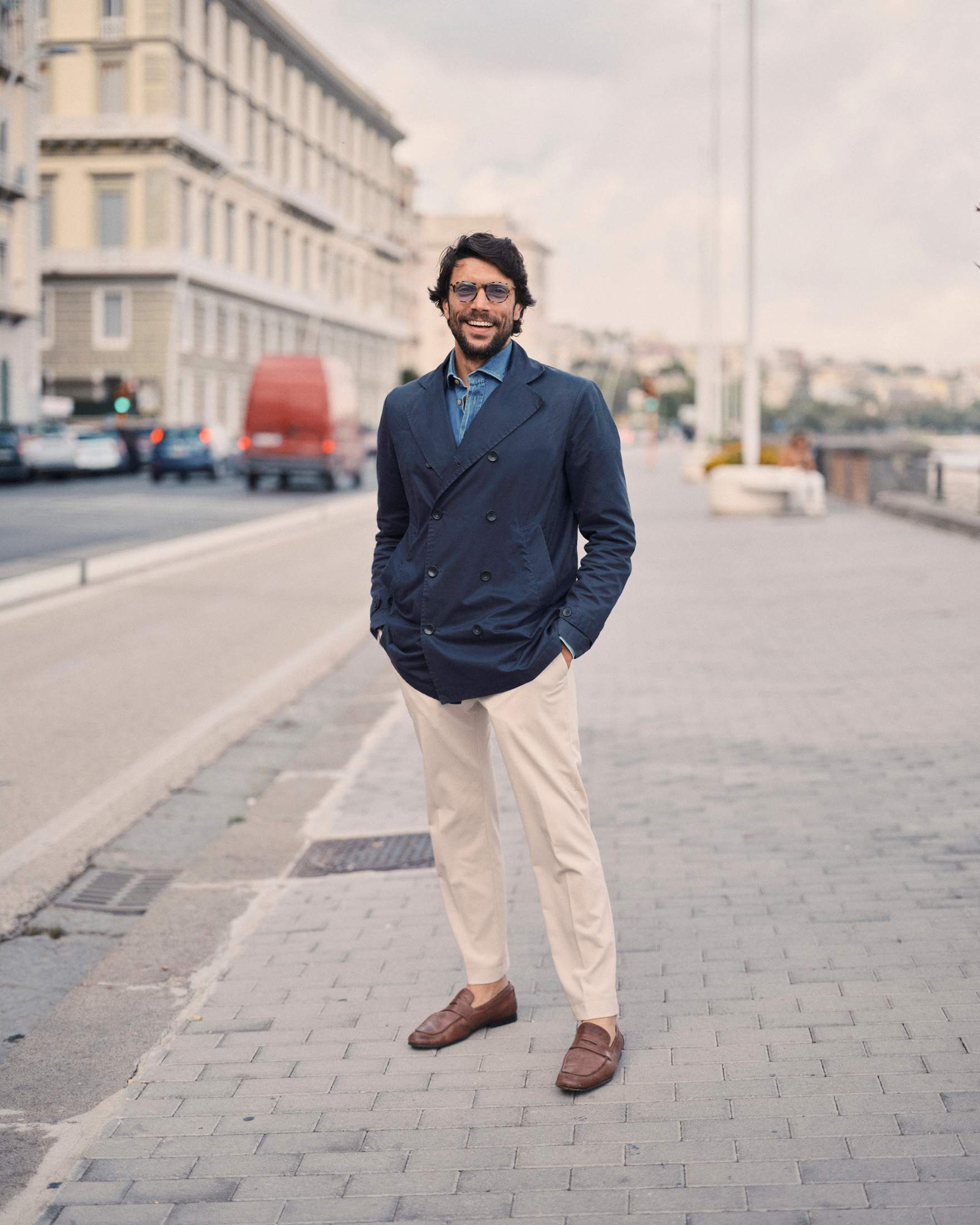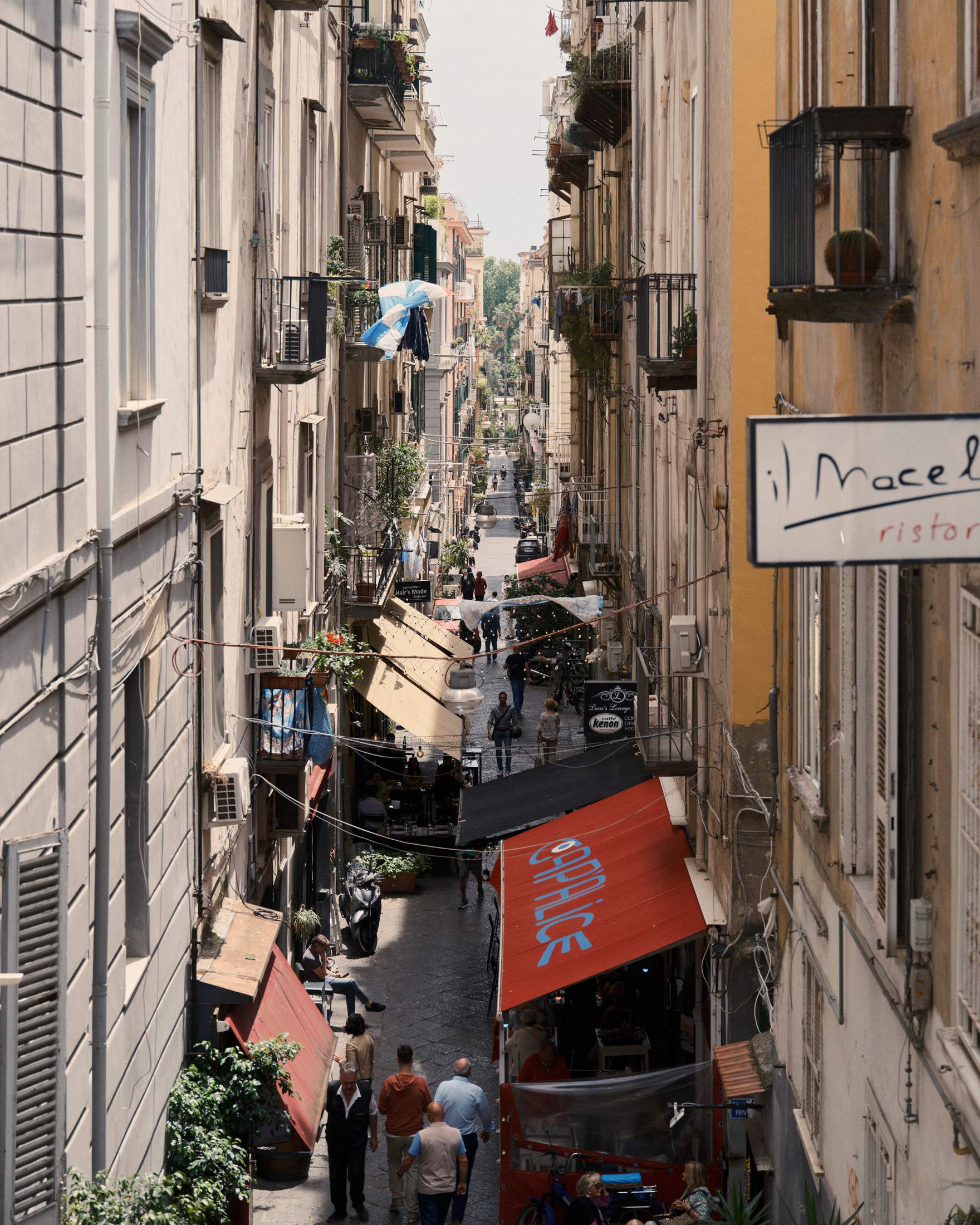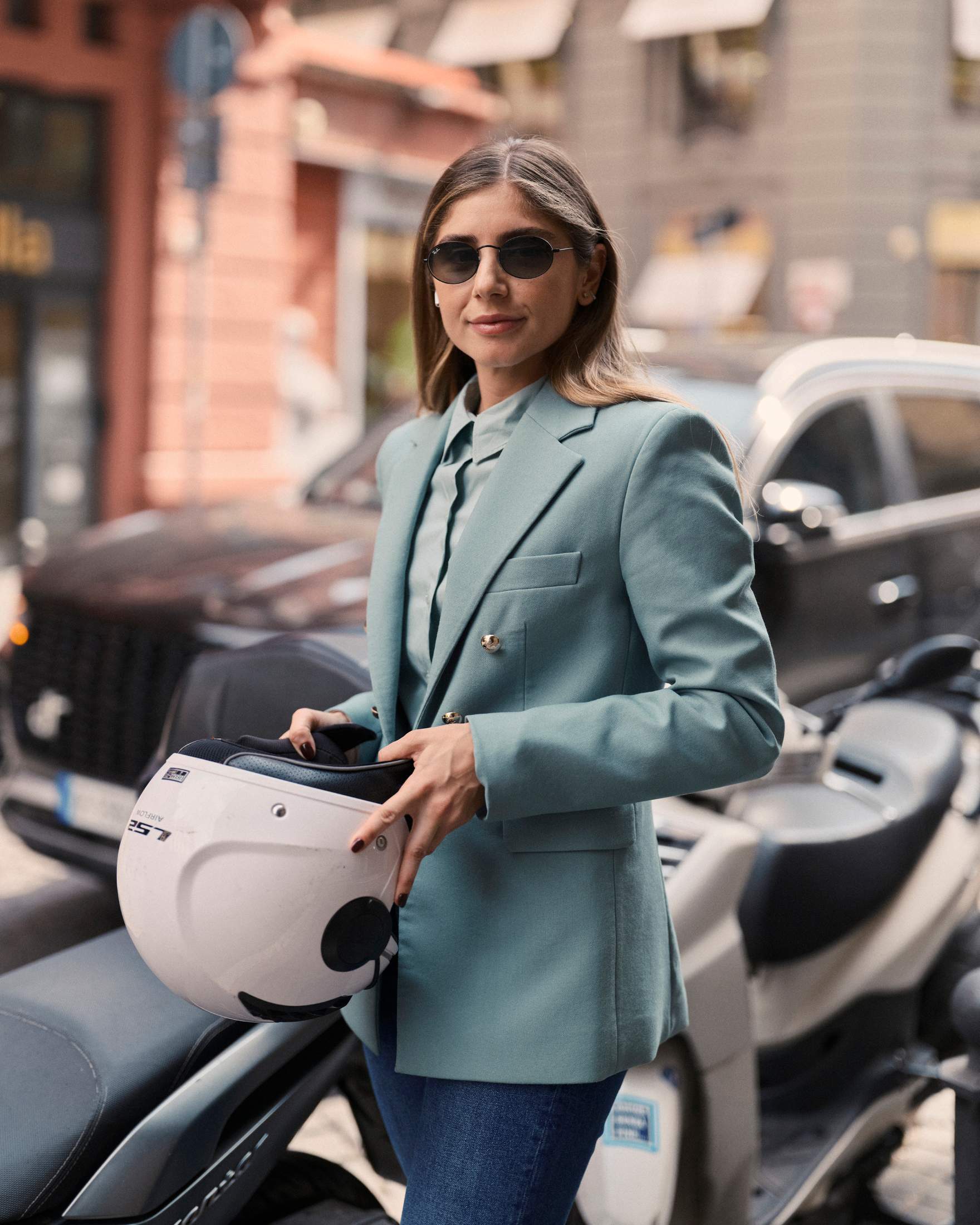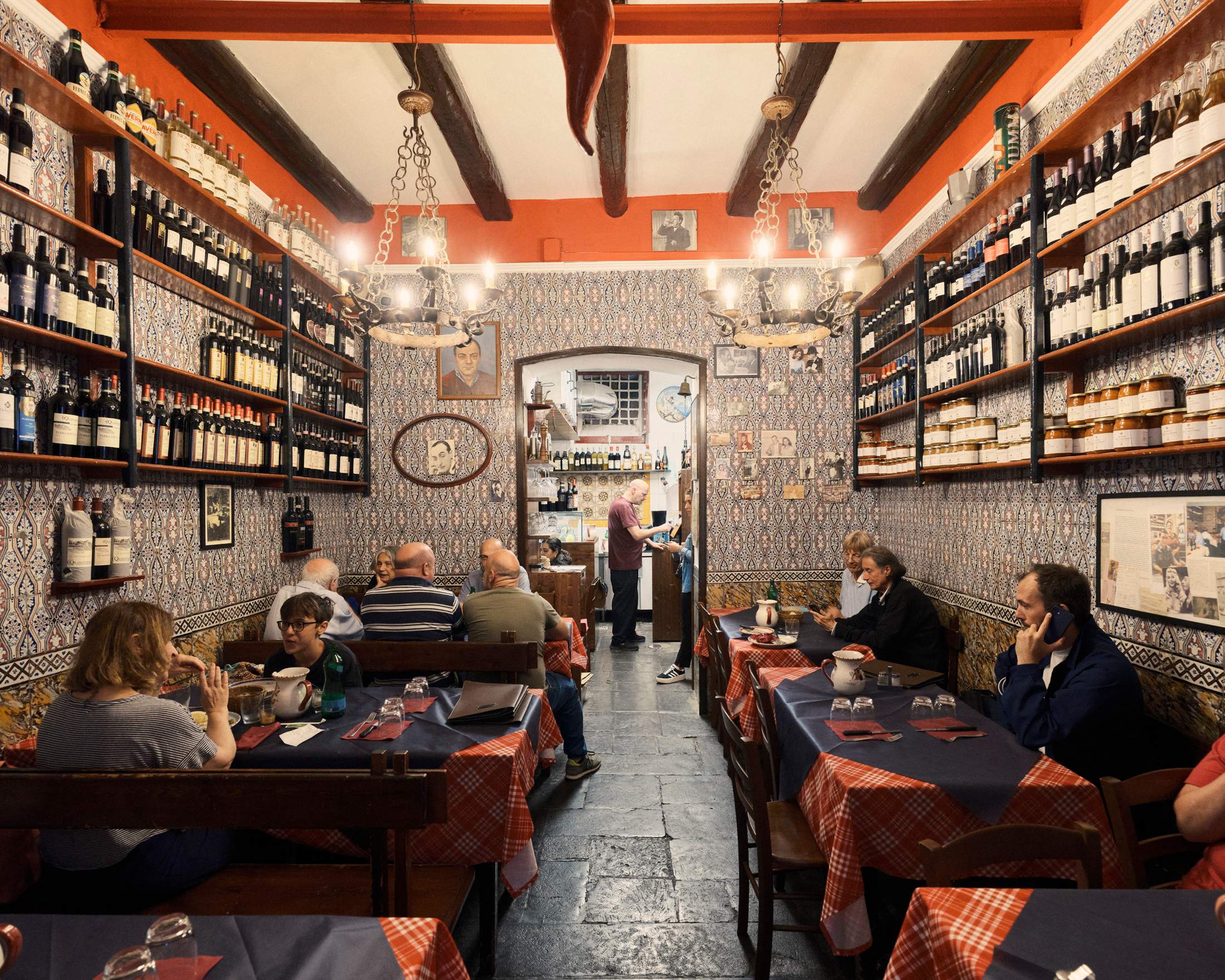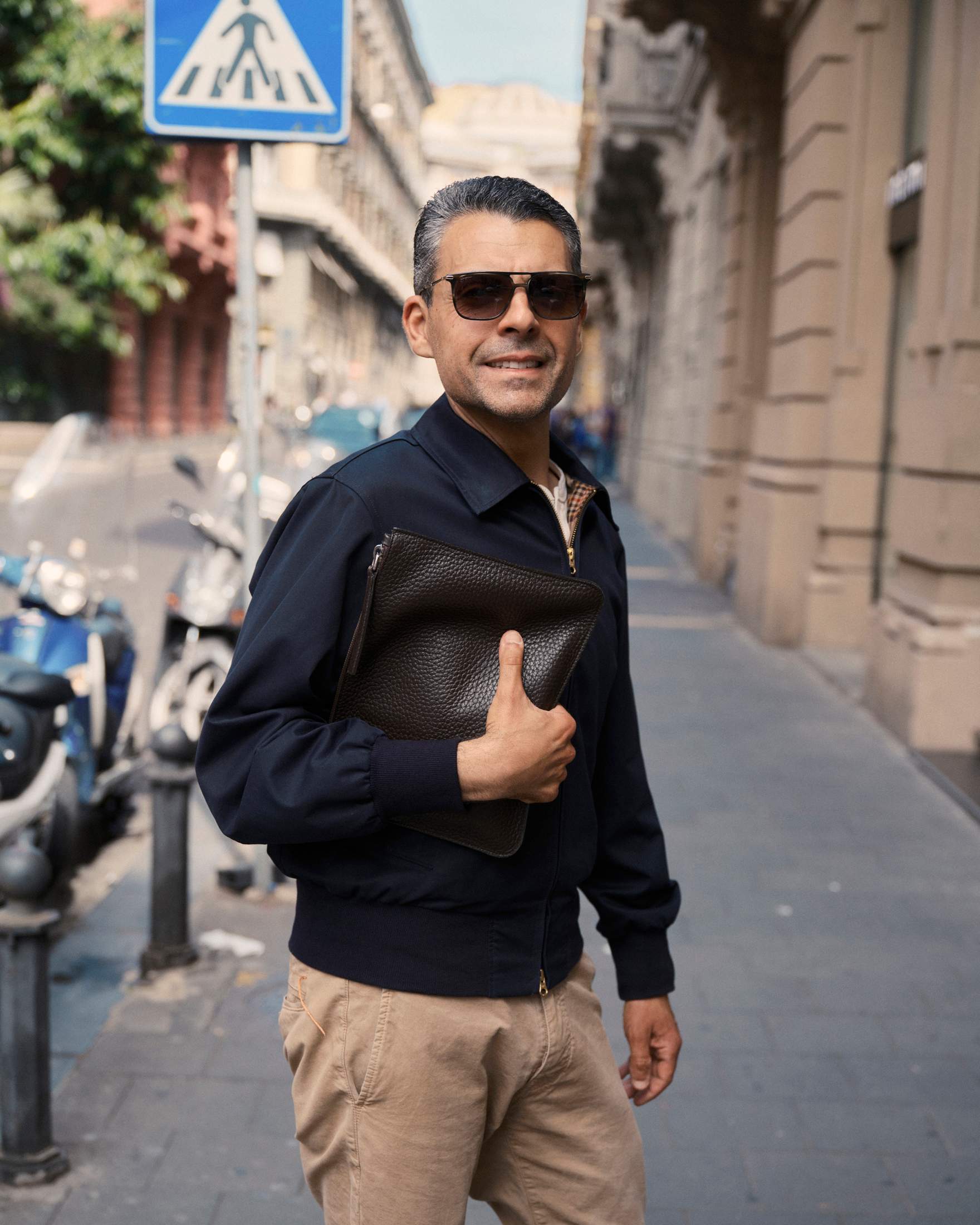Expo / Global
Close Quarters
Is quality of life a sense of community, walking your dog on the beach every morning or being surrounded by greenery, all while being within easy reach of busier places? We soak in the bohemian blocks of Western Australia, stroll around a beachside Japanese resort town and walk the streets of a Neapolitan enclave to discover their pull and find out why residents won’t be leaving in a hurry.
1.
Fremantle, Australia
Western Australia’s Fremantle – or Freo (“Free-O”) as it’s known – may technically be a suburb of Perth and its port, but the area’s distinct history and tight-knit creative community make it a place unto itself. While the 30,000 or so people who live here affectionately describe Fremantle as a “bubble”, downtown Perth (30 minutes away by car or train) is a place to venture only if strictly necessary. “It’s like a small town where everyone knows everyone,” says Blaze Young, executive chef at Nieuw Ruin, a restaurant on Fremantle’s Norfolk Street. Young was born in Fremantle but grew up “way out in the bush” and moved back as an adult. “This is a really beautiful, open and welcoming community. There are no downsides.”
Fremantle’s beautifully preserved Victorian and Edwardian architecture points to its heyday as a 19th-century maritime hub and there’s a mix of colonial red-brick houses, ornate wrought-iron balconies and gothic revival-style churches. Bricks-and-mortar retail is thriving too: the high street is a bustling mix of cafés, wine bars, bookshops, fitness studios and art galleries. The ocean is a few minutes’ away and walking and cycling paths trace the shoreline, leading to pristine sandy shores such as Bathers Beach and the seaside Esplanade Park. Families with young children crowd the playground and wander along the shore. “We have the best beaches in the world by far,” says Young with utter conviction. Every afternoon in the summer, the “Freo Doctor”, a colloquial term for a seasonal sea breeze, blows in from the sea, cooling the whole town.
In the past few years a spate of new cocktail bars, breweries, restaurants and speciality cafés opened, injecting new energy into Fremantle’s dining scene (but the classic seaside fish-and-chip spots are still not to be missed). Fresh seafood and local produce dominate bistro menus and wine lists run pages long, taking advantage of Fremantle’s proximity to Margaret River, one of the country’s best wine regions. Good Things Café on Bannister Street has become a weekend brunch institution, to the extent that its owners have been stopped on the street by loyal customers demanding to know when their favourite seasonal dishes are returning to the menu.
A quiet cultural backwater it isn’t: Fremantle’s arts scene, one of its best-known features, has deep roots. Former shipping warehouses and a Victorian-era asylum now serve as exhibition centres and artists’ studios, such as the colourful J Shed, while independent art galleries populate many shopfronts around town. Amy Grasso, a Fremantle resident who juggles a day job at an apothecary with her textile art, which she makes in one of the J Shed studios, co-organises “creative meet-ups” for local artists. “We’re trying to organise community support for creatives,” says Grasso with a grin. “A lot of artists live in Freo.” Indeed, there are frequent weekend and summer markets featuring Fremantle artisans, dressmakers and ceramicists. “It’s a place that artists have always been drawn to,” says Carine Thévenau, a photographer who grew up in Fremantle and moved back from Sydney last year with her husband and daughter. Before heading to the beach, she drops a parting refrain that monocle became very familiar with on our trip. “Freo has everything we need.”
Fremantle’s top spots
the bar
Patio Bar
4/3-13 Essex Street
the restaurant
Nieuw Ruin
nruin.com
the outdoor space
South Beach
the cultural centre
J Shed
1 Fleet Street
the school
John Curtin College of the Arts
jc.wa.edu.au
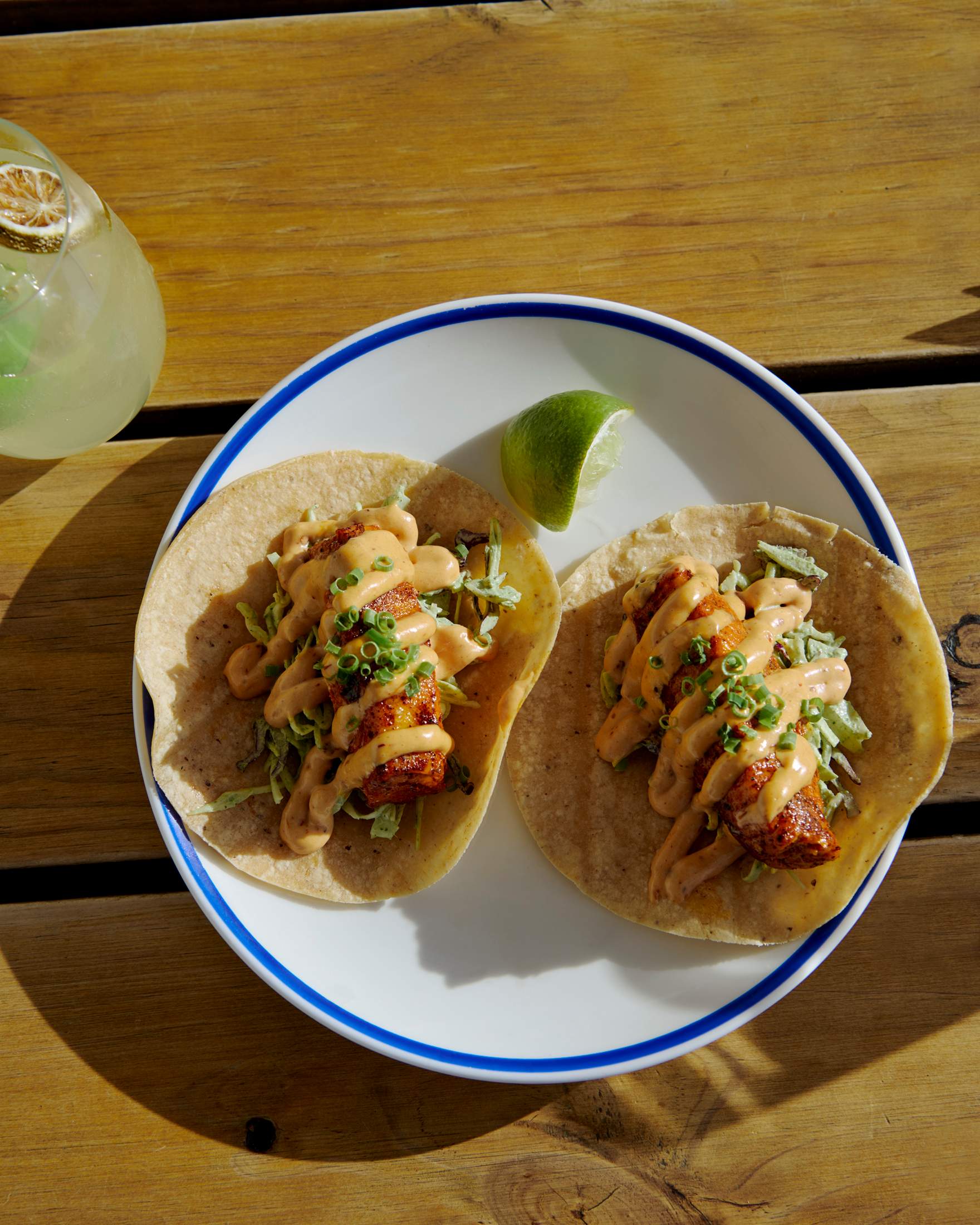



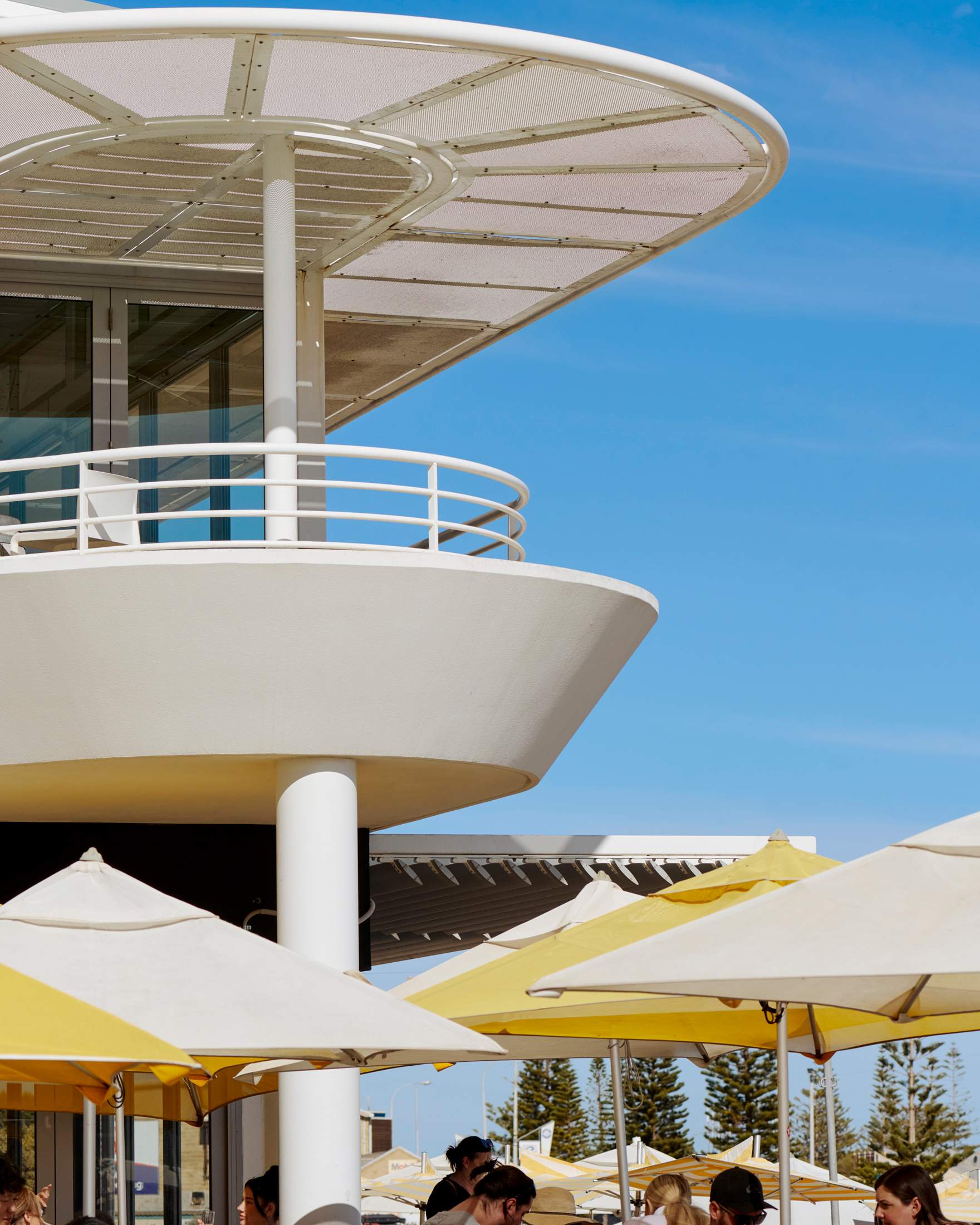






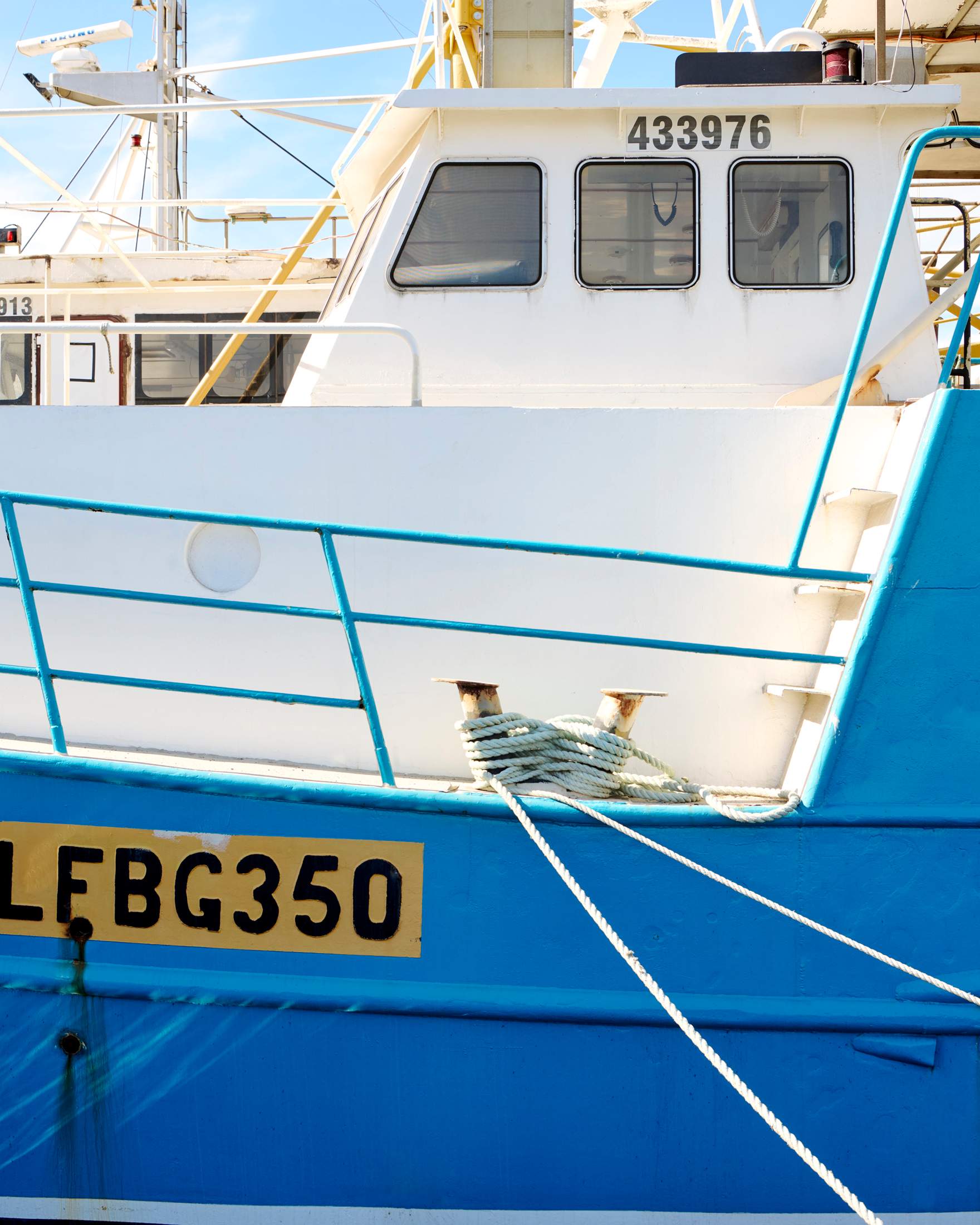
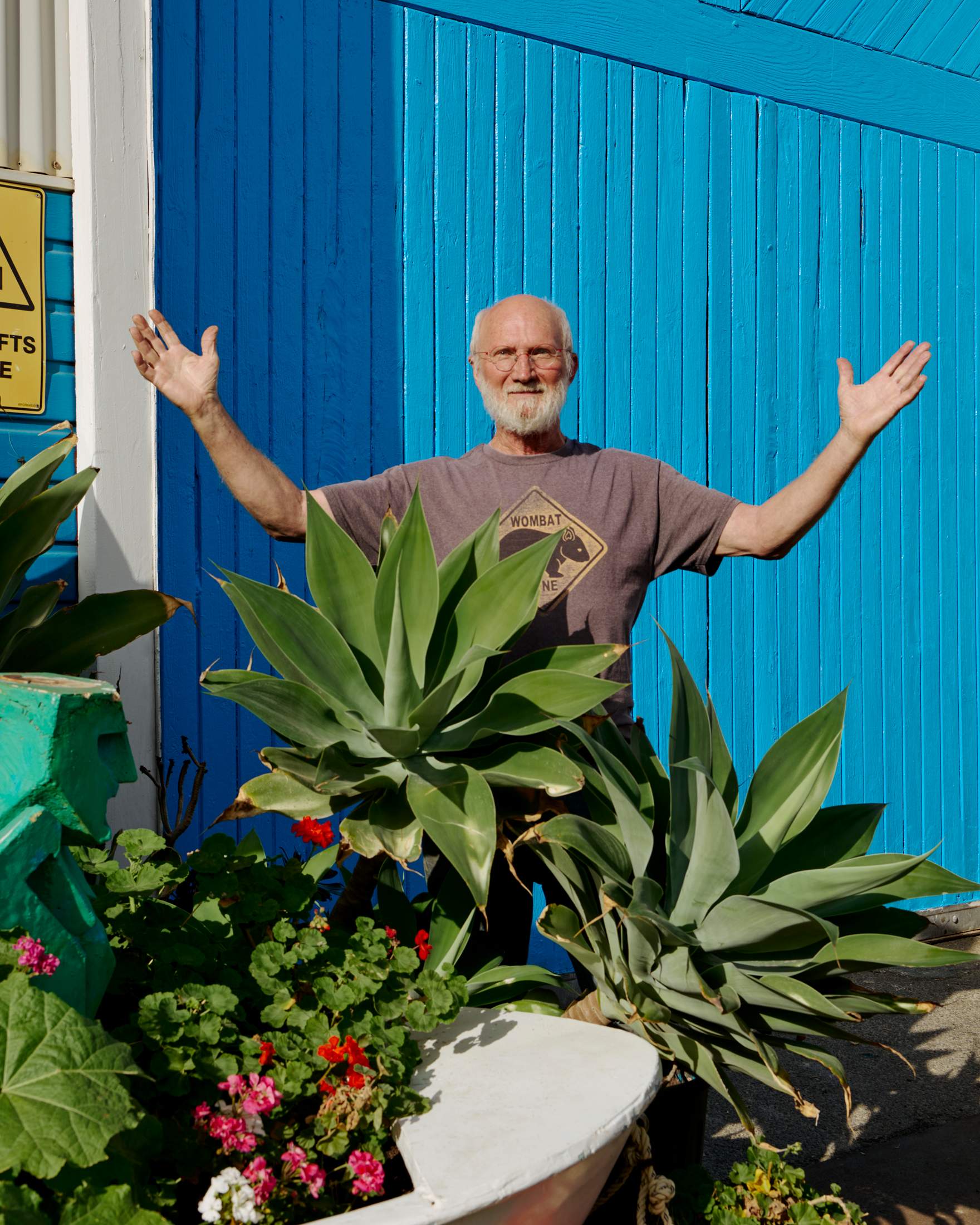

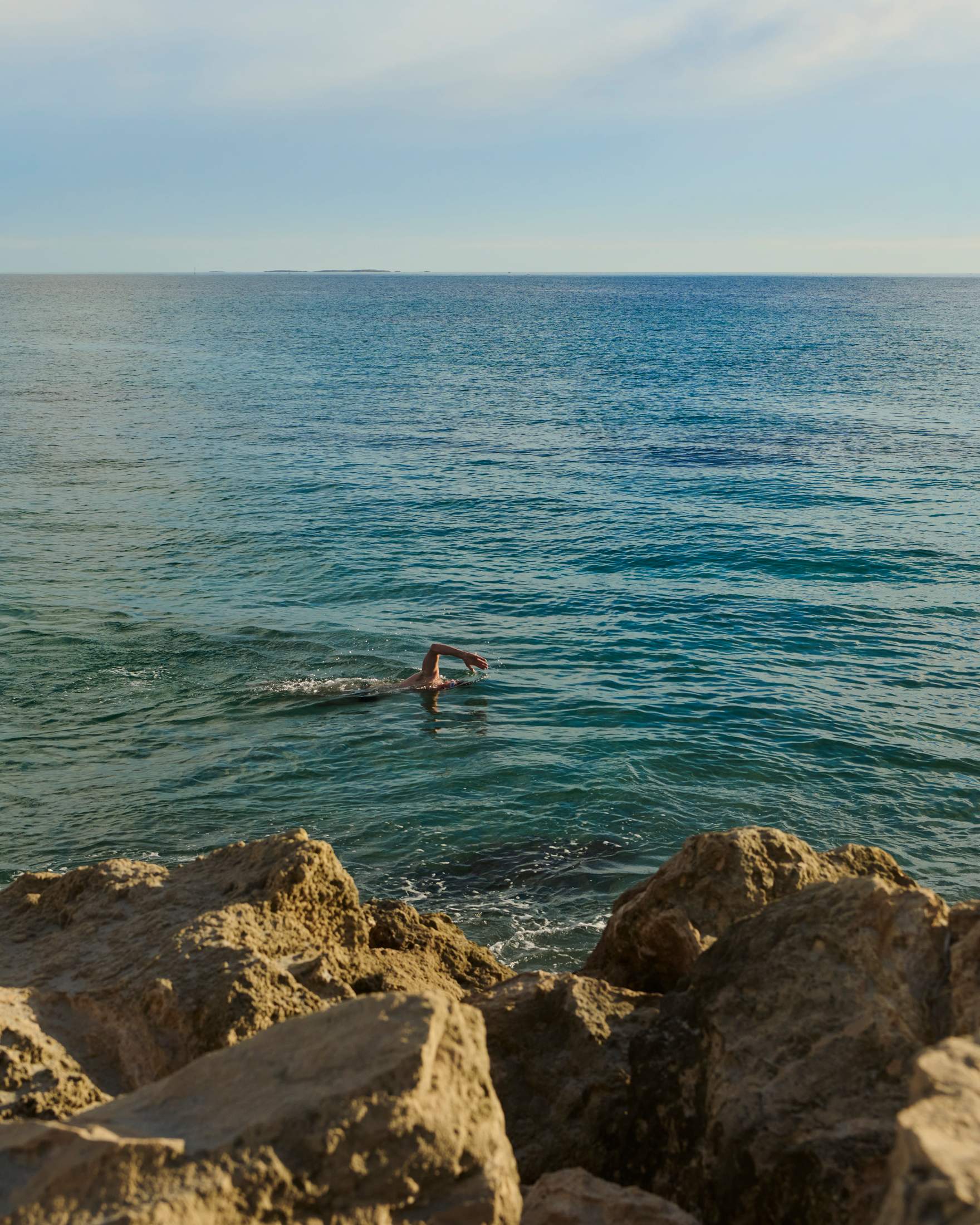
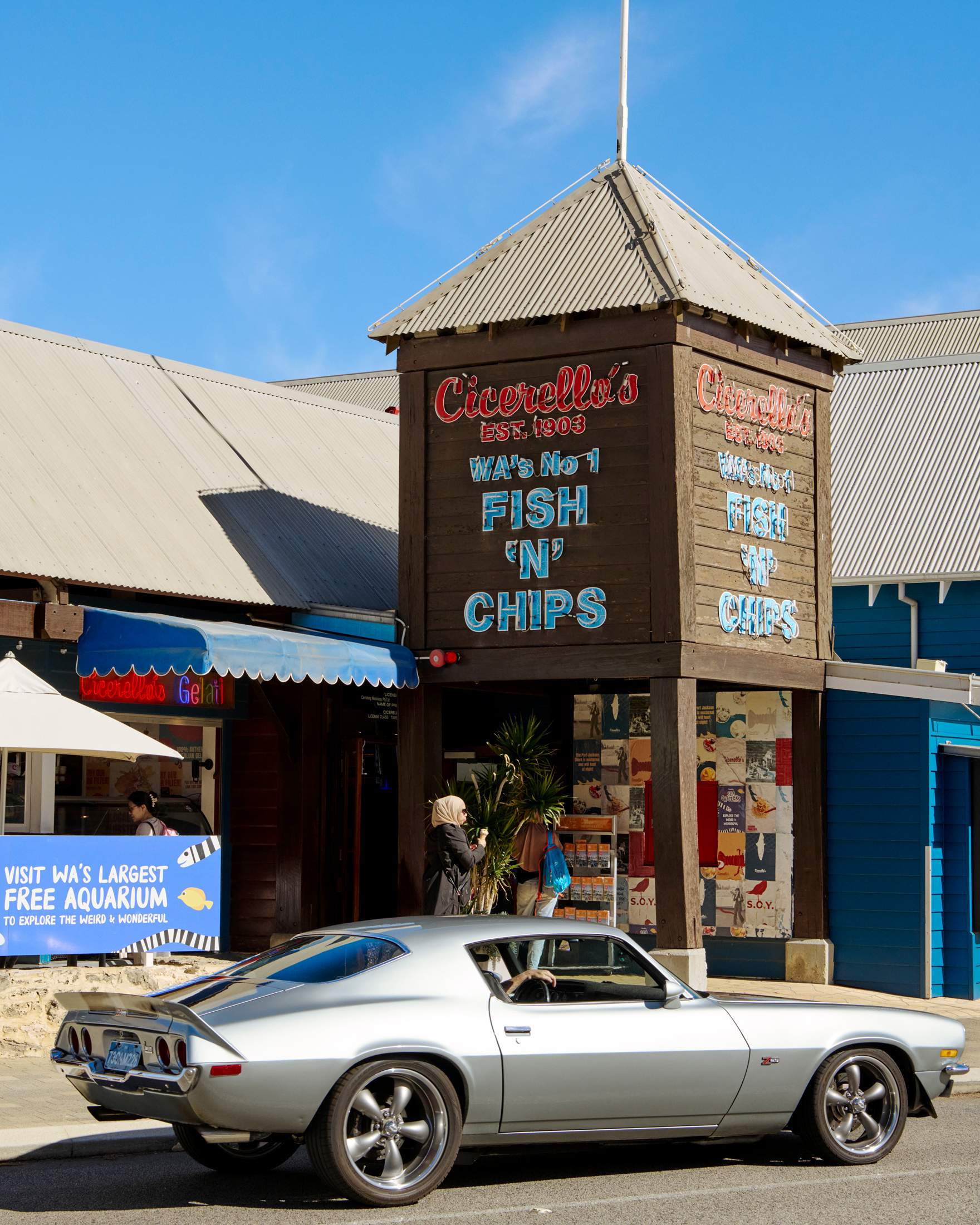

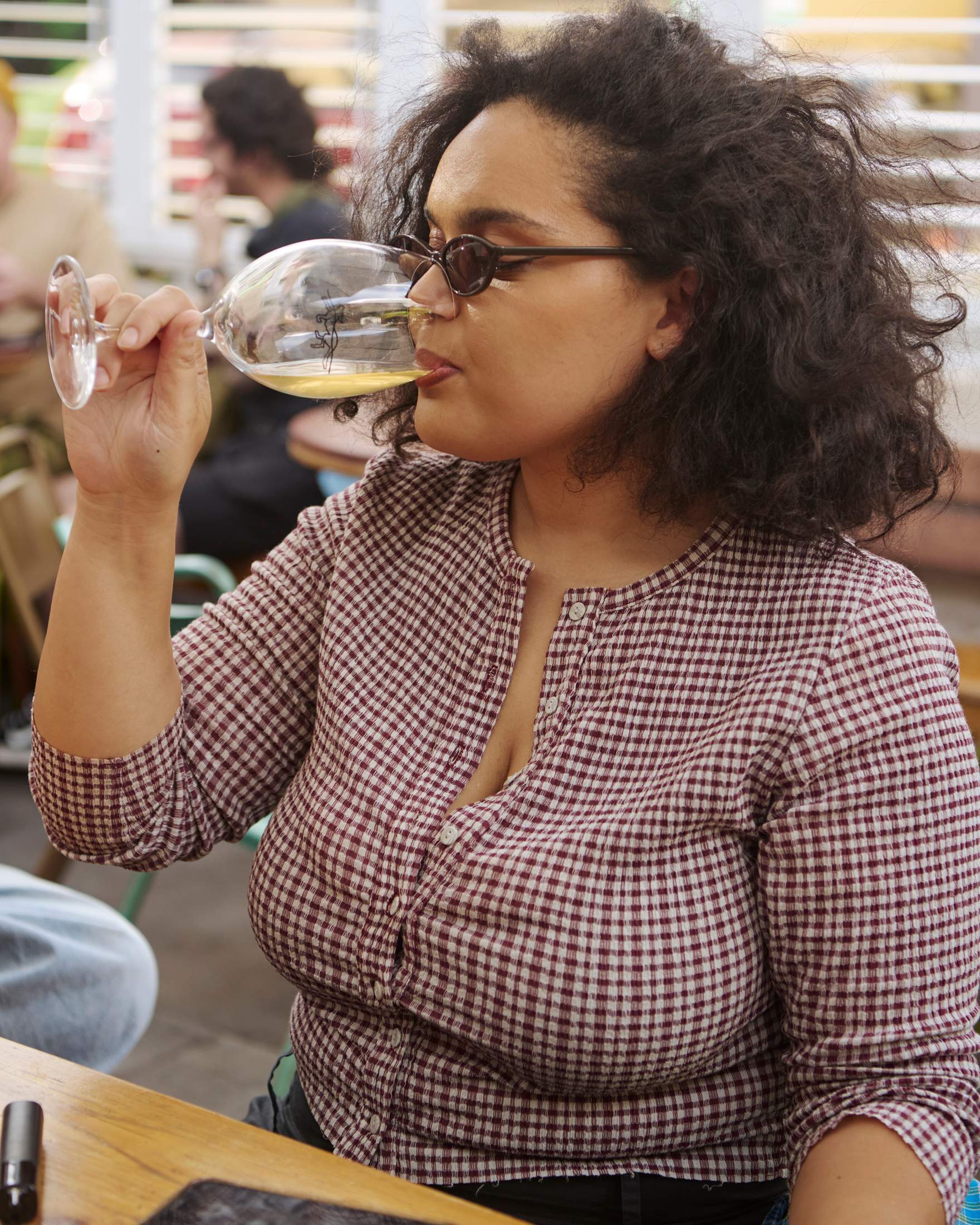
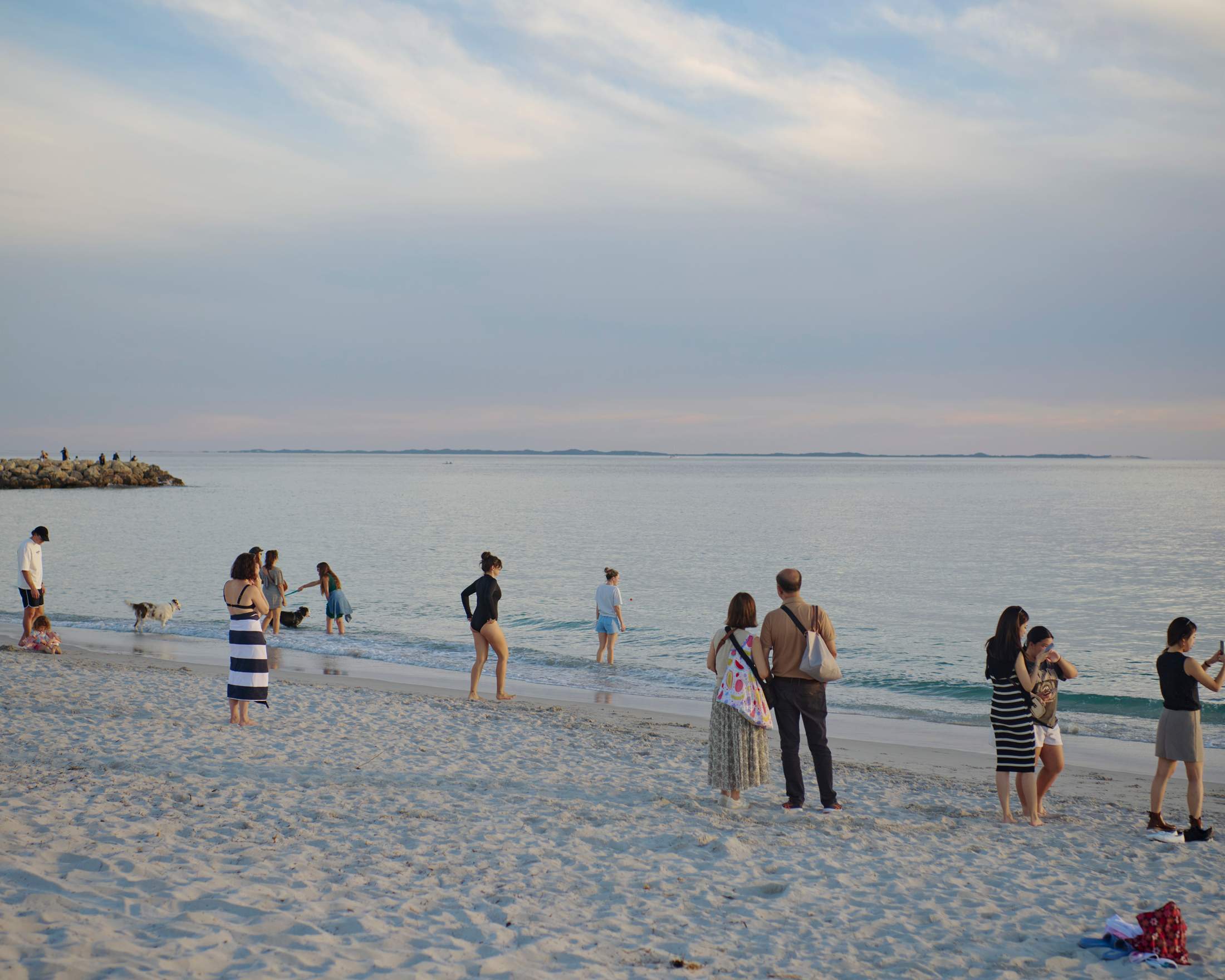
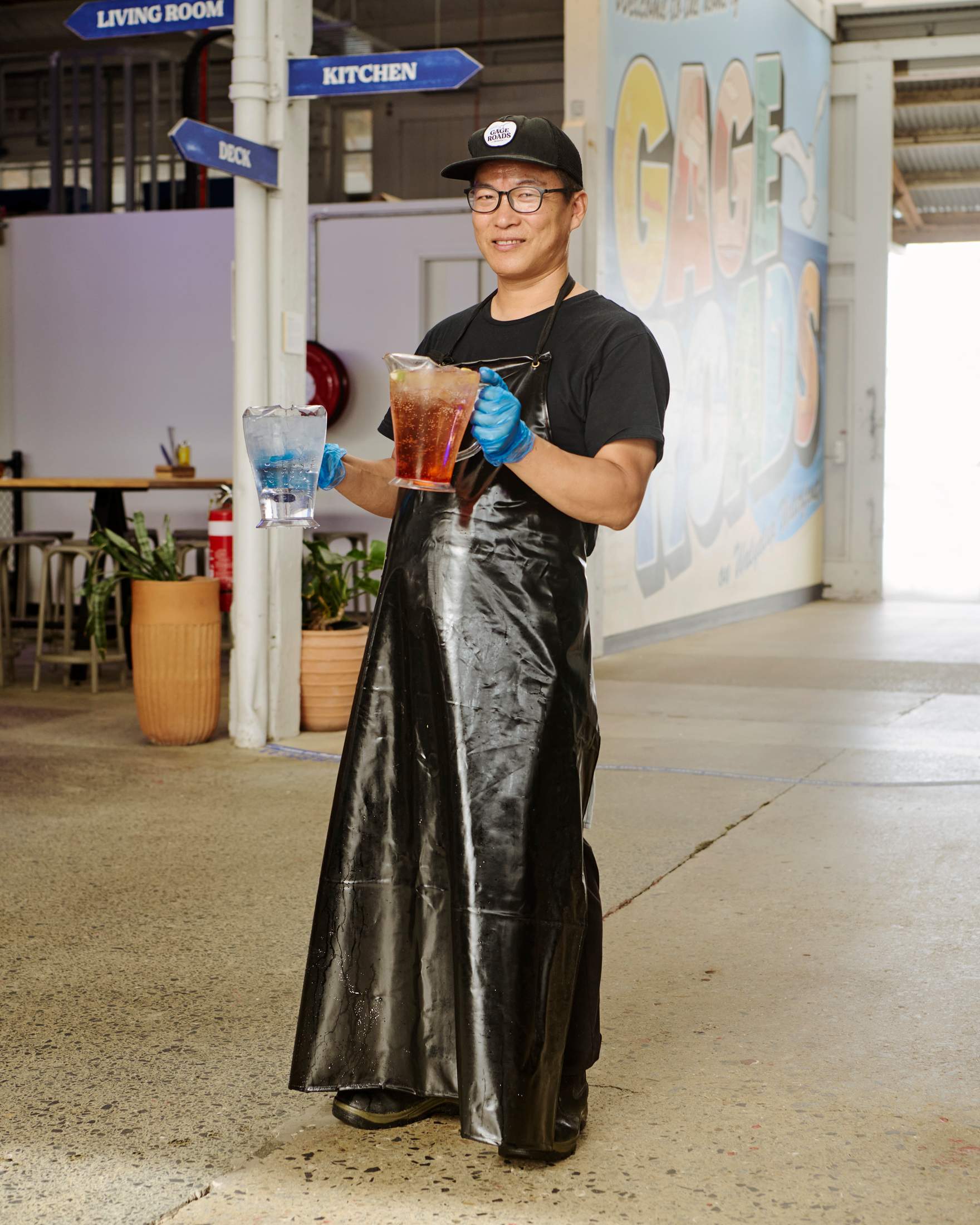


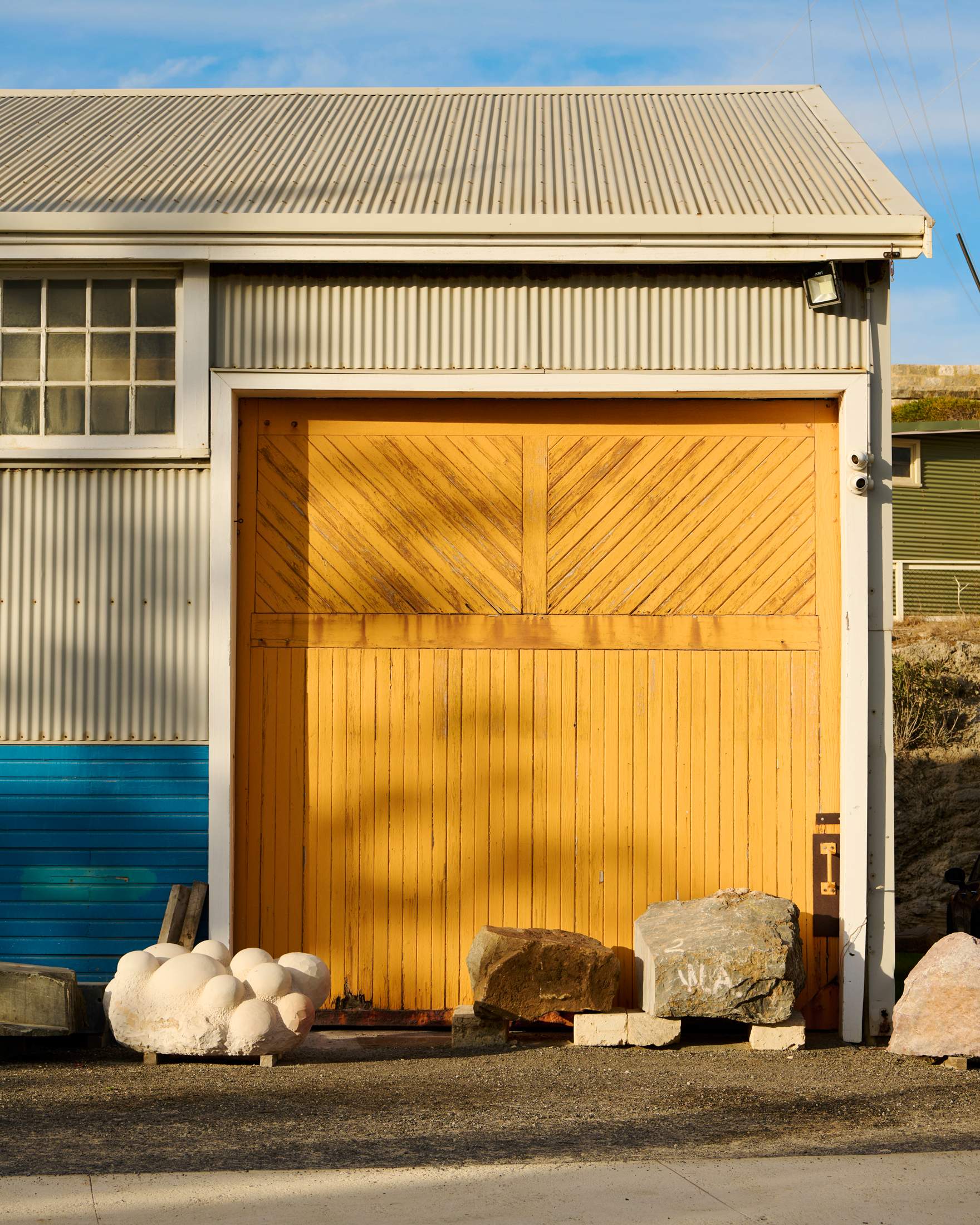
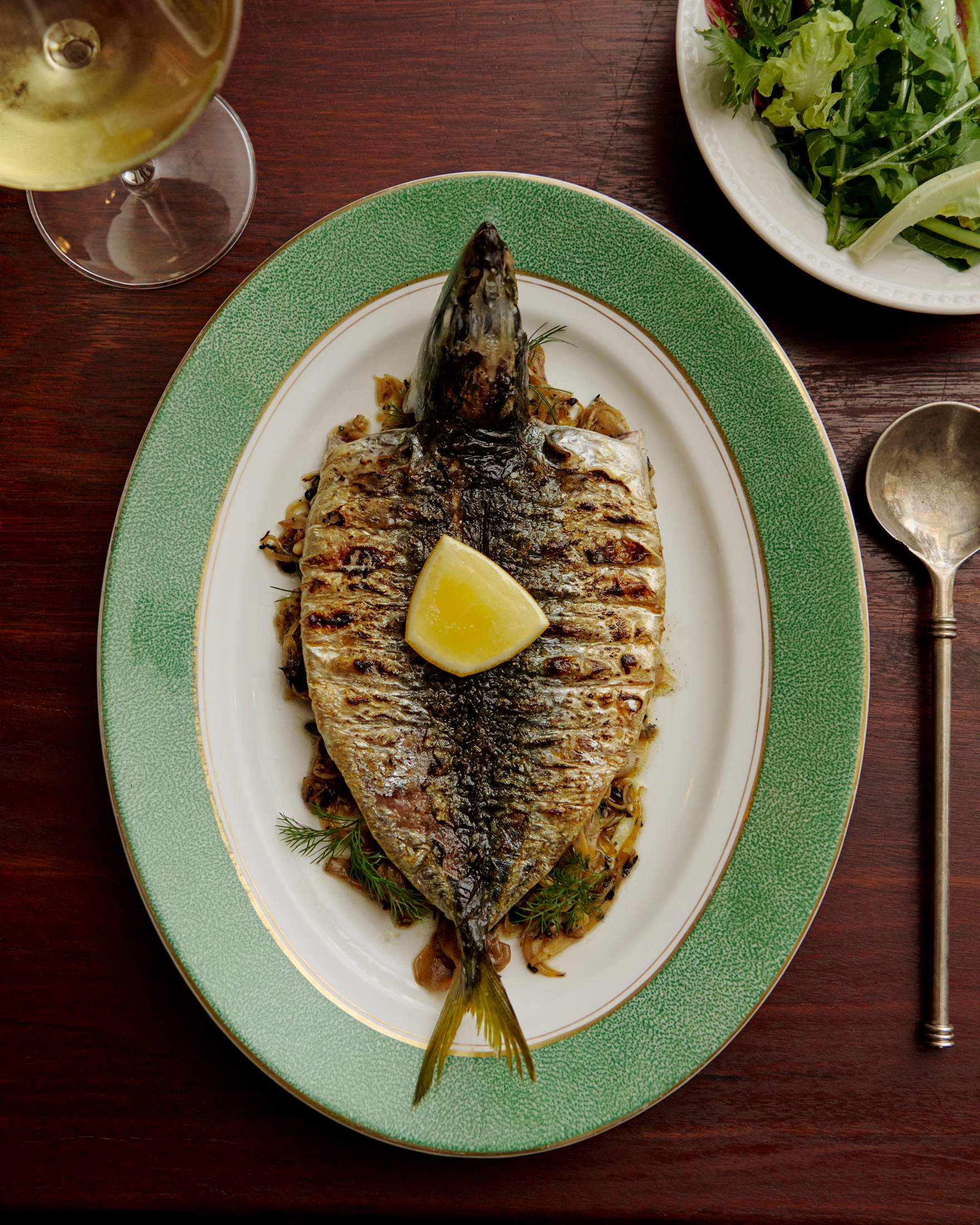
2.
Kita-Kamakura, Japan
Just a short journey from Tokyo by train, Kamakura offers a very different perspective. The city of 171,000 sits on Sagami Bay, spreading back from a wide sandy beach into the hills. It might not be immediately obvious from the laidback surfer vibe of today but Kamakura was once the religious and political heart of Japan and, in the 13th century, its second capital. The remnants of that era are everywhere, in dozens of temples, shrines and gardens.
Kita-Kamakura (North Kamakura) is a lush, woody enclave a couple of kilometres inland and surrounded by hills. Streets are leafy and low-rise, and the elegant tone is shaped by the historic Zen temples that stretch along the road. Shokado is a confectionery shop on the main street run by Tomoko Kurihara and her brother; their father opened the business in 1961 and today they sell traditional Japanese sweets. “This is a friendly neighbourhood,” says Tomoko. “People look out for each other.” Outdoor activities are also prominent. “If you grow up here, hiking is part of life,” she adds. One of the most popular trails leads up from Kita-Kamakura, along a ridge and down into Zuisen-ji temple in the east of the city.
Just a few steps away from Shokado is Cipollino, a bistro where the daily menu includes a fresh pasta with local vegetables and seafood from Zushi, just along the coast. Owner-chef Shuhei Koizumi’s grandfather had a Japanese restaurant in Kita-Kamakura. “I trained in Tokyo,” says Koizumi. “But I always wanted to come back.” One woodworker here is still operating at age 79. His family shop, Tomono Furo, which sells cedar bowls, stools and chopping boards, has been in Kita-Kamakura since 1814. “I started when I was 10 and I make everything by hand,” he tells monocle. “Things you buy online can’t compare.”
Last year furniture collector Thierry Lamoine and his wife, Arrow Nakajima, opened Galerie One in a pre-war kominka (wooden house). A short walk from Kita-Kamakura and next to the peaceful temple of Kakuon-ji, the beautifully preserved house is the perfect backdrop for Lamoine’s exceptional finds by architects and designers such as Pierre Jeanneret and Charlotte Perriand. “The furniture looks much nicer than in a white cube in Tokyo,” says Lamoine, who also has a gallery in Paris. “Knowing our customers is the biggest asset of the Kamakura gallery: collectors can sit, have a drink and take time to tell us which pieces they like. They never stay less than one hour.”
While the tranquillity of Kita-Kamakura makes it a great place to live, those after a more vibrant proposition can hop on a five-minute train to central Kamakura, where there are bars, restaurants and food shopping in the ichiba morning market. The traditional Kamakura scene of hato-sabure (dove-shaped shortbread biscuits) and craft shops is still there but it has now been joined by outdoor brands, coffee shops and a Muji restaurant. Some things never change though: just stand on the beach and take in that perfect sunset view of Mount Fuji.
Back in Kita-Kamakura, residents have the place to themselves, the only audible sounds emanate from the trees and the forested hills (and perhaps the clink of wine glasses at Cipollino). “It’s very quiet here,” says Tomoko Kurihara. “That’s how we like it.”

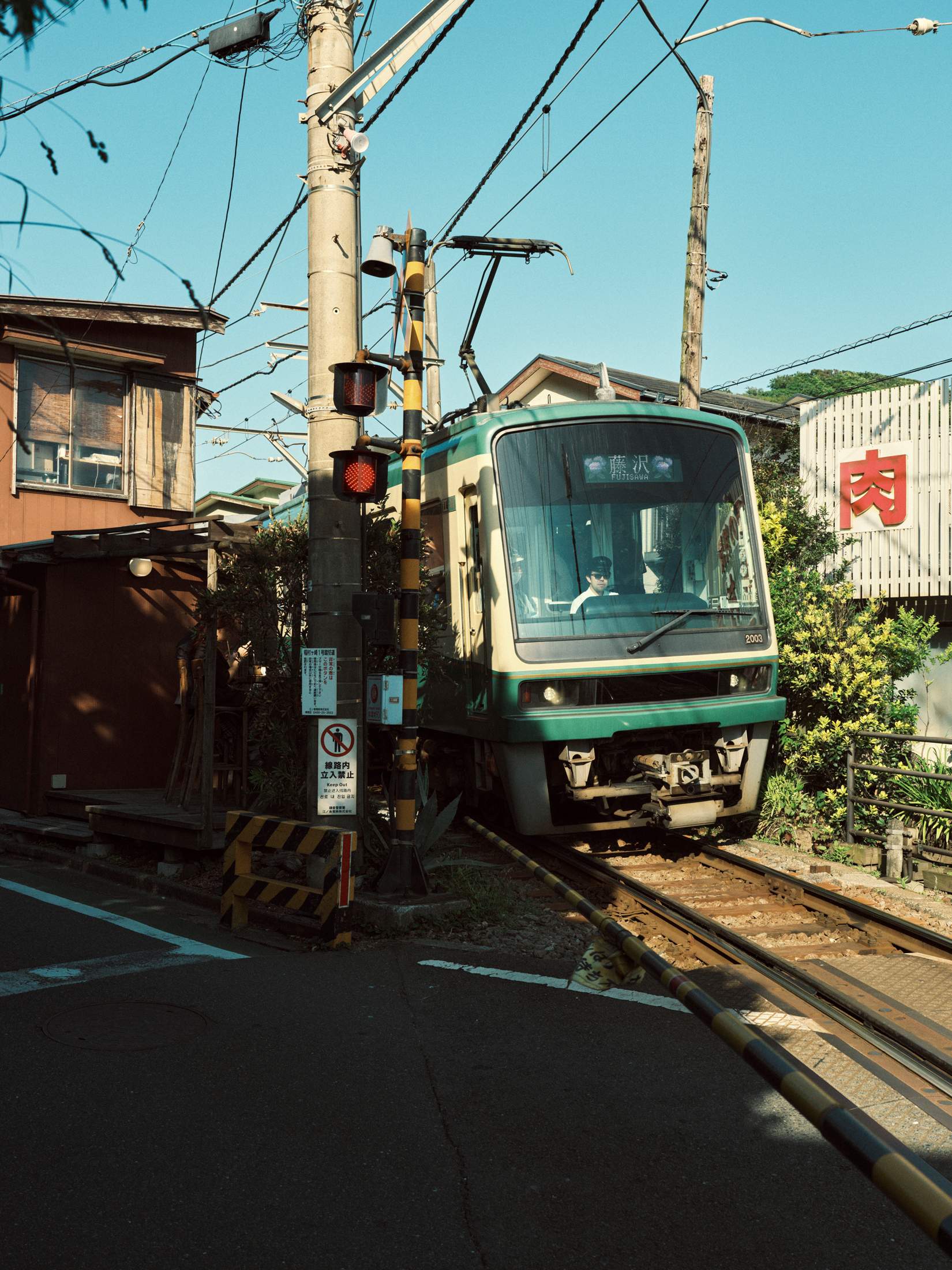
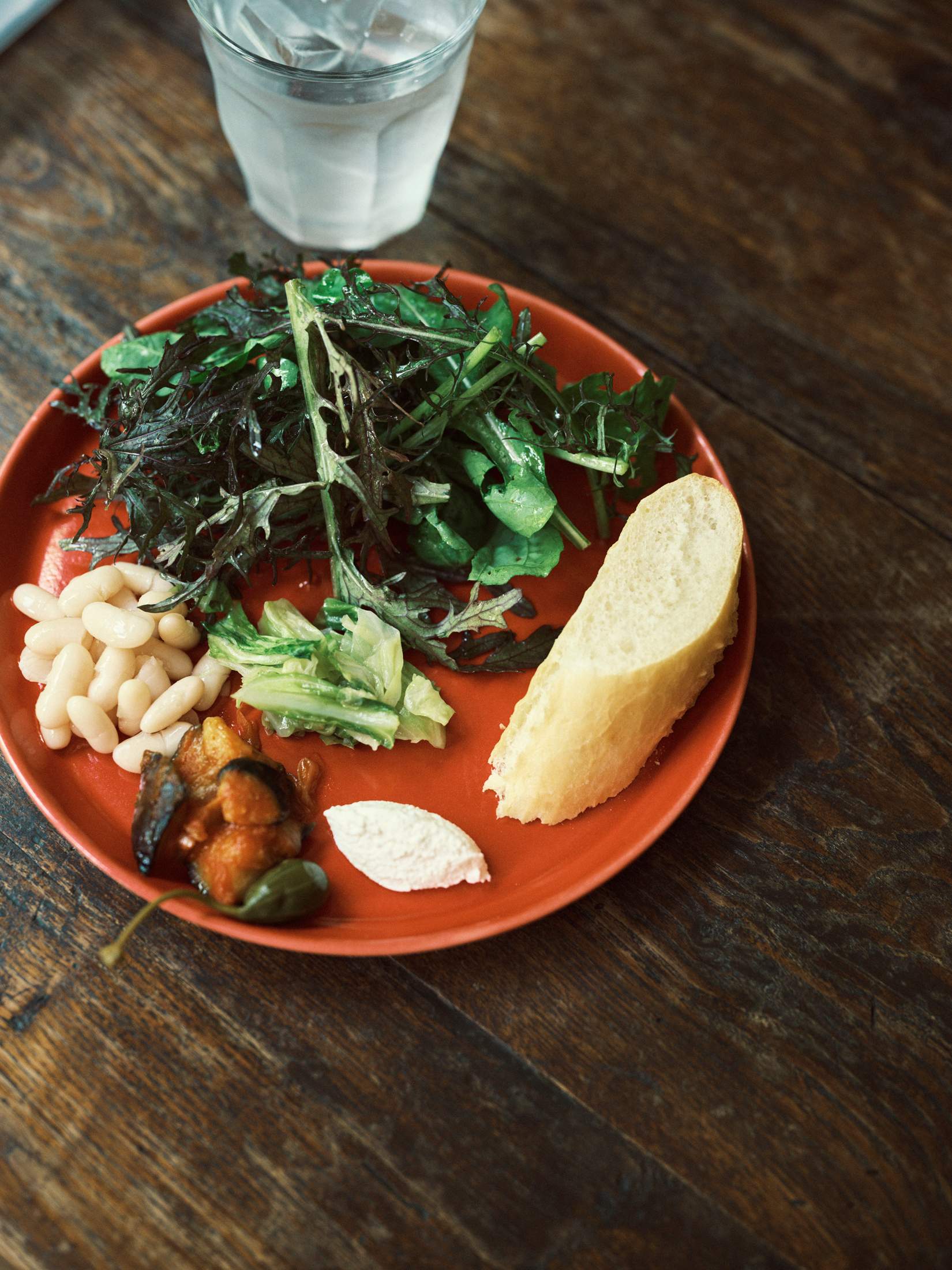
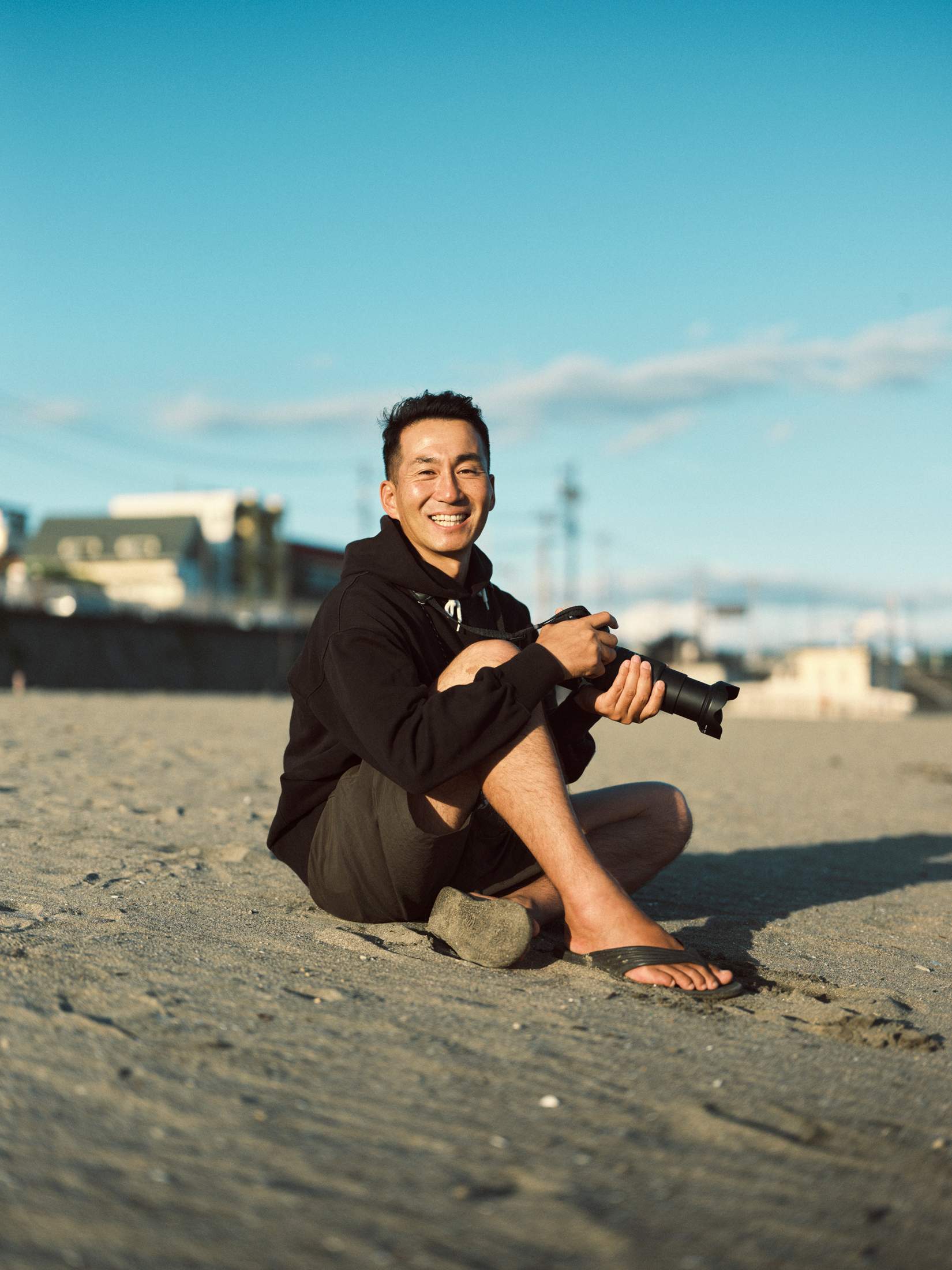
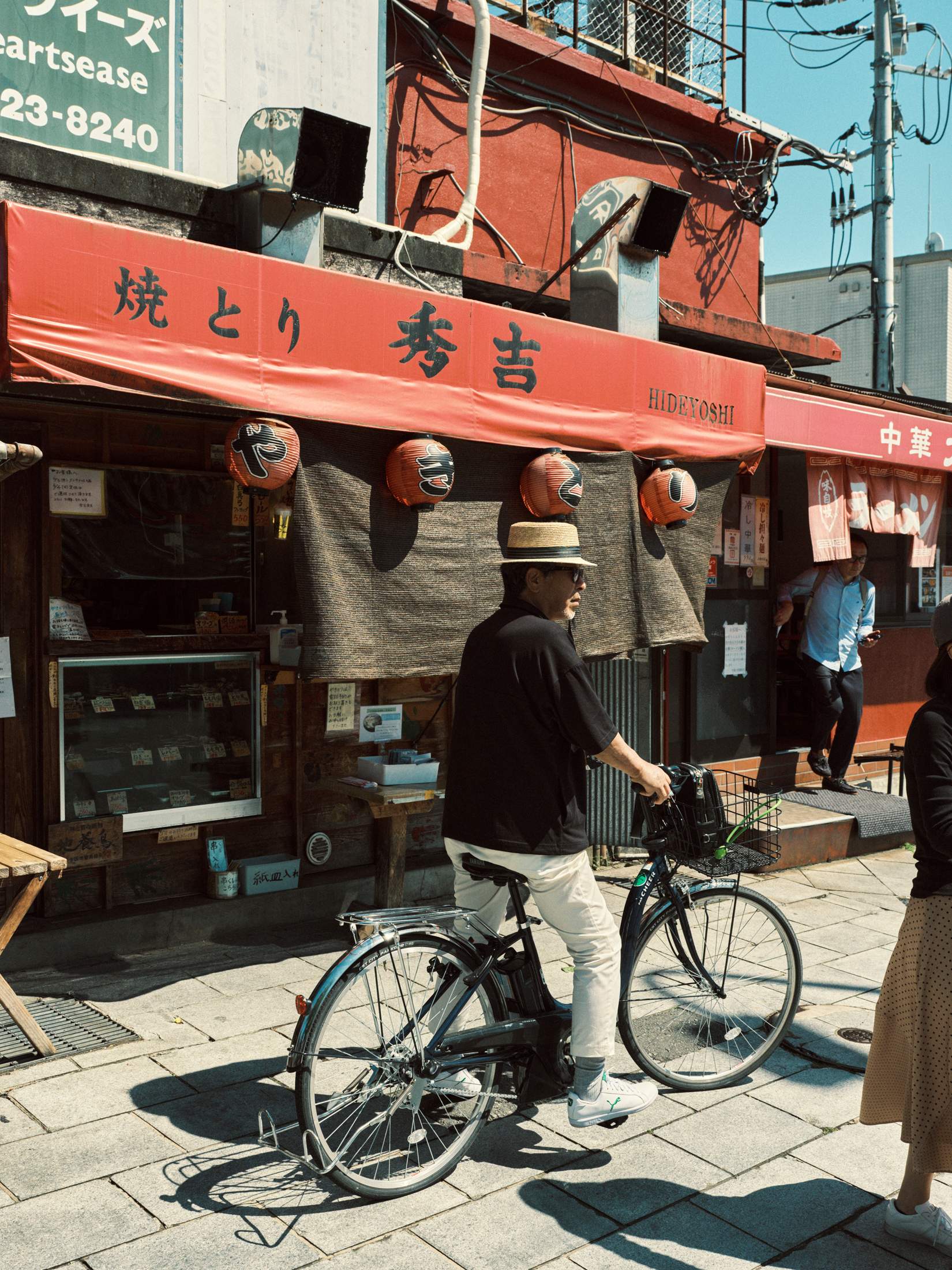
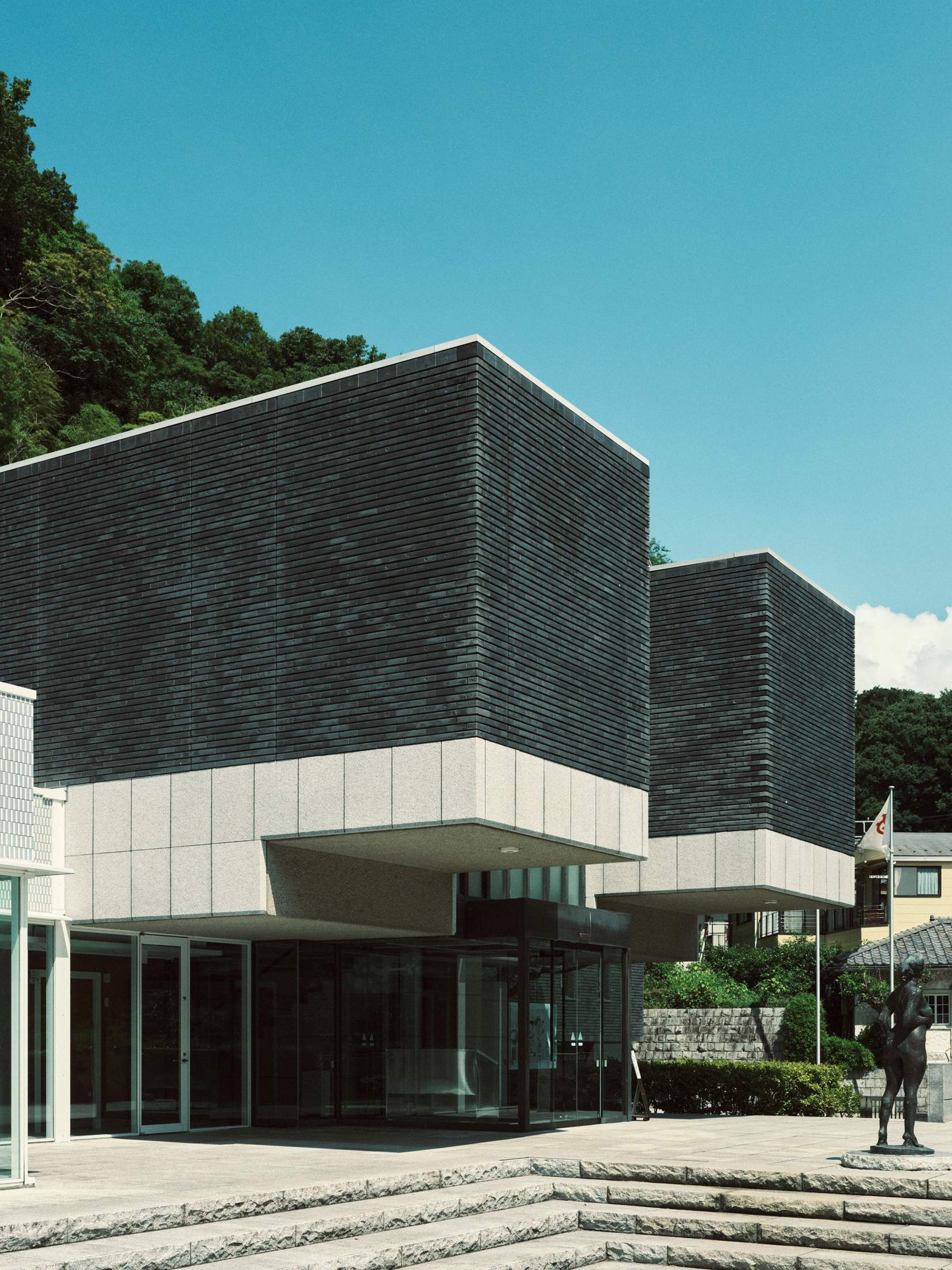

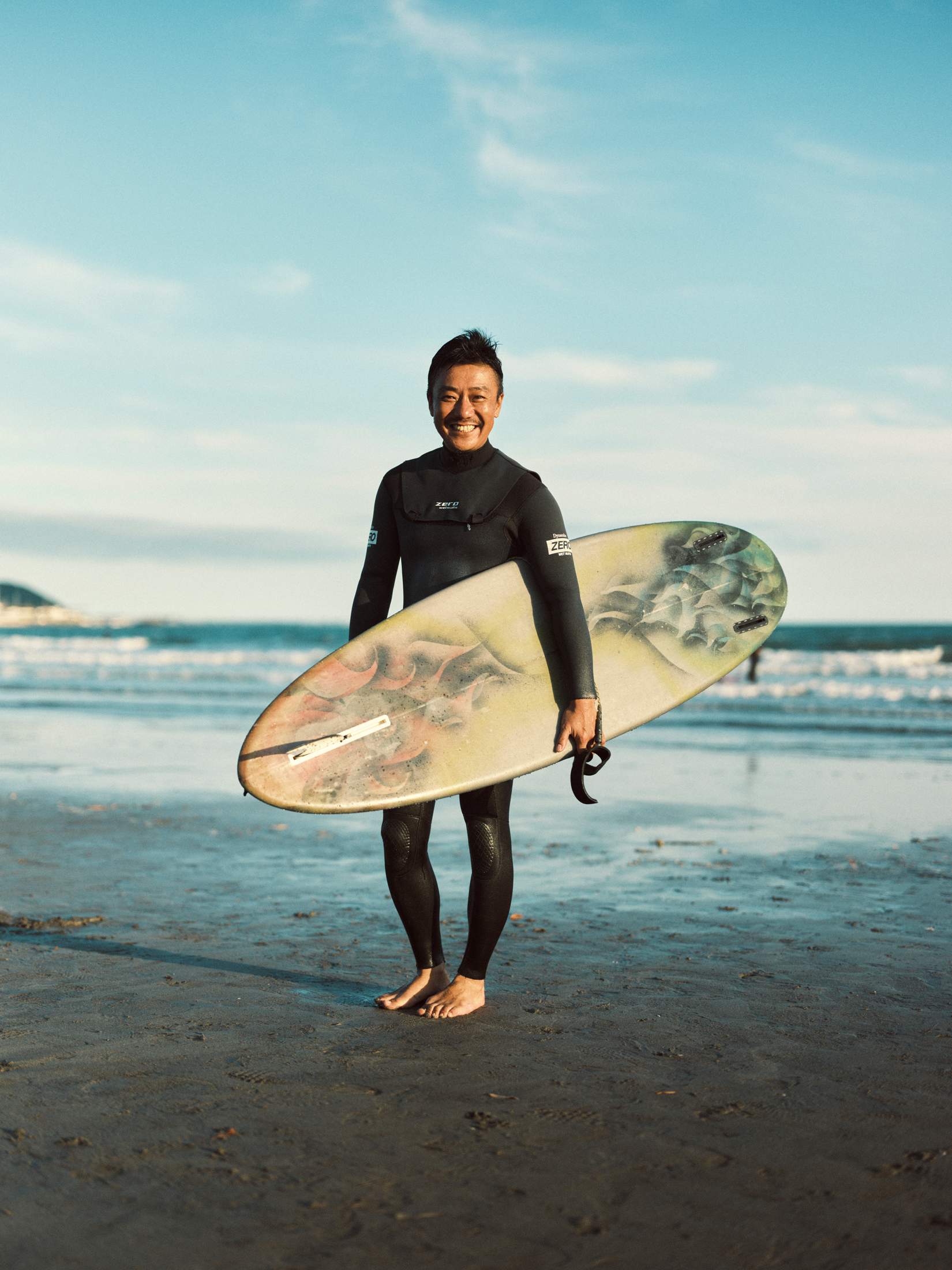
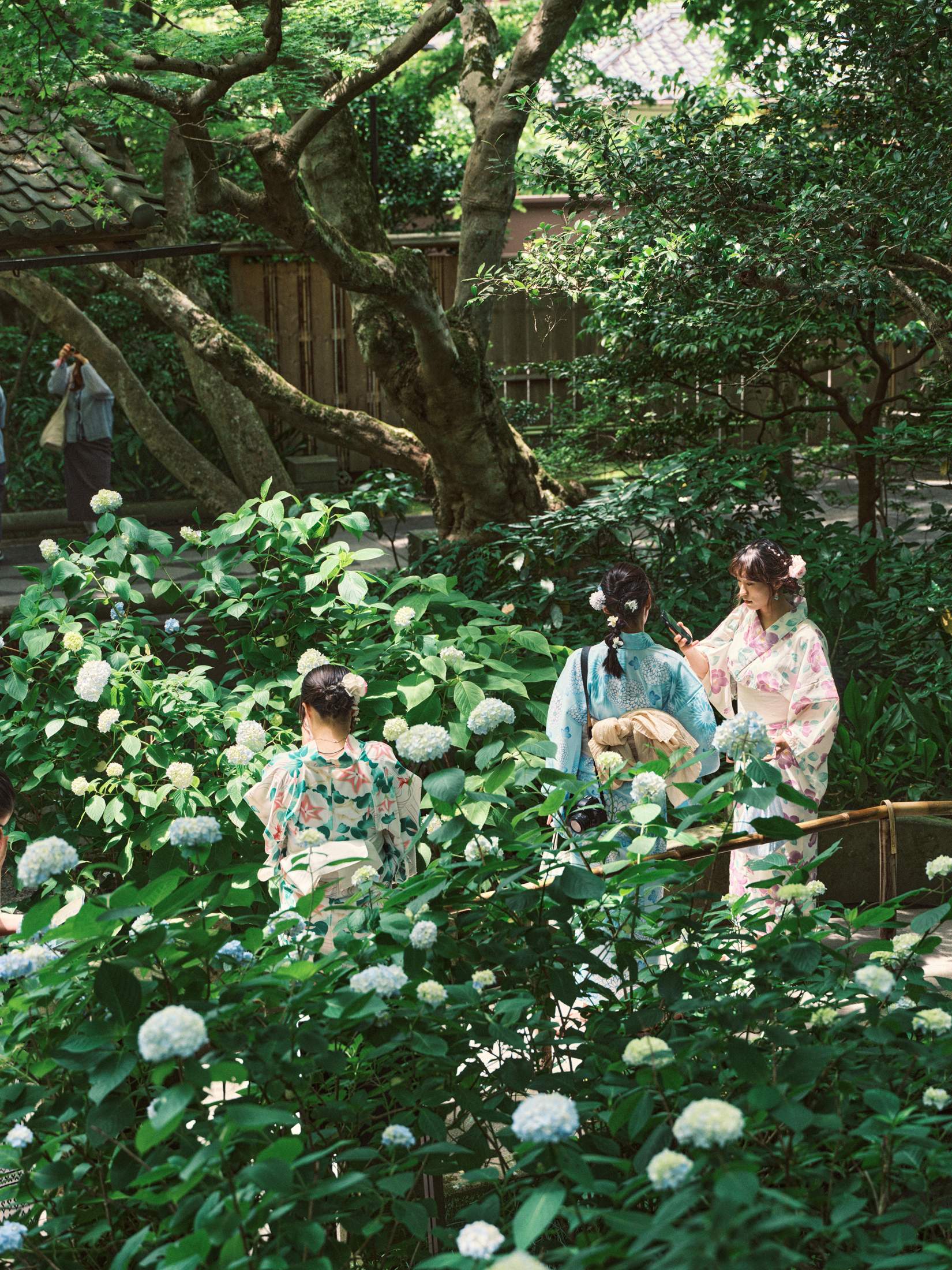


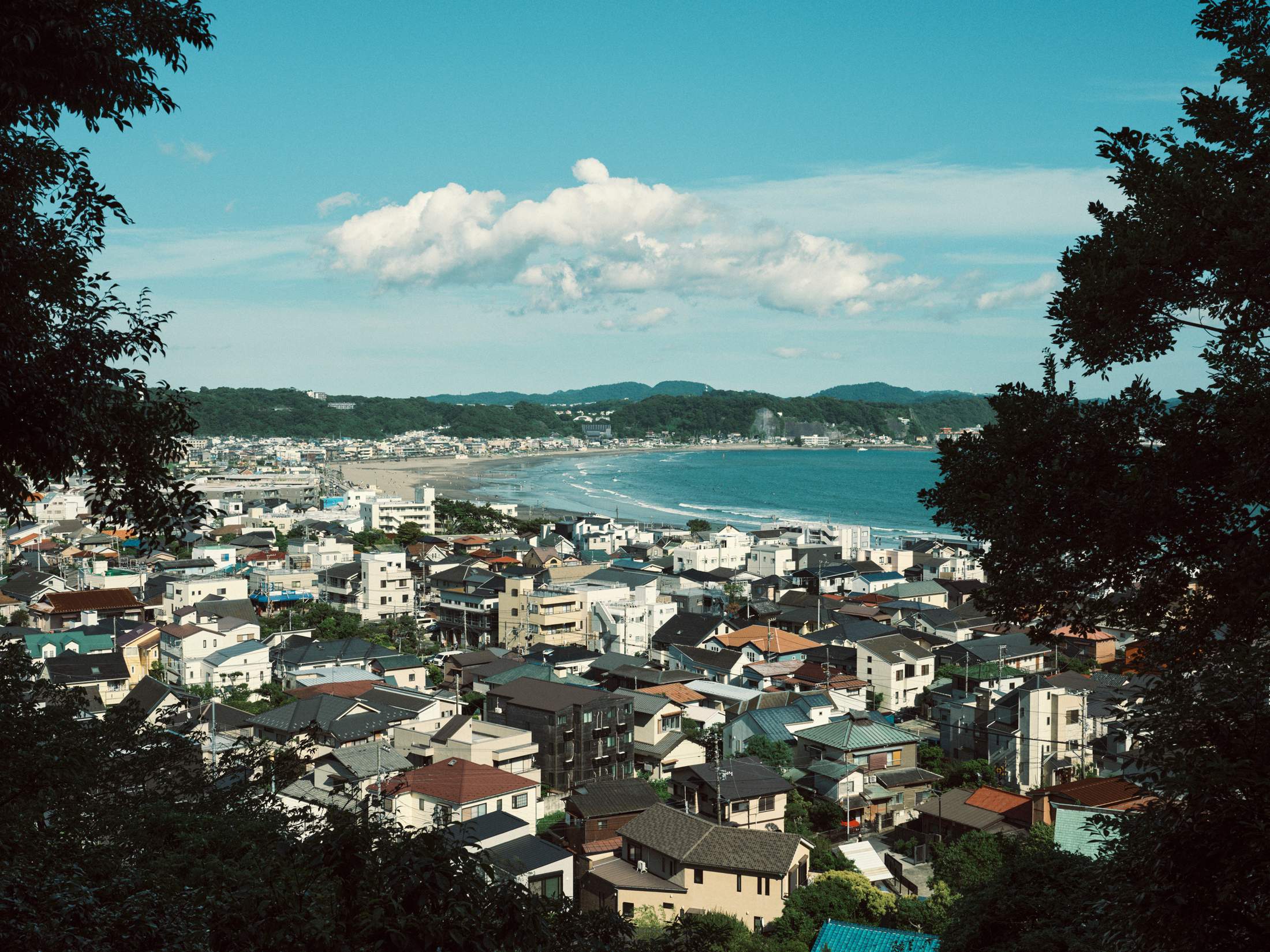
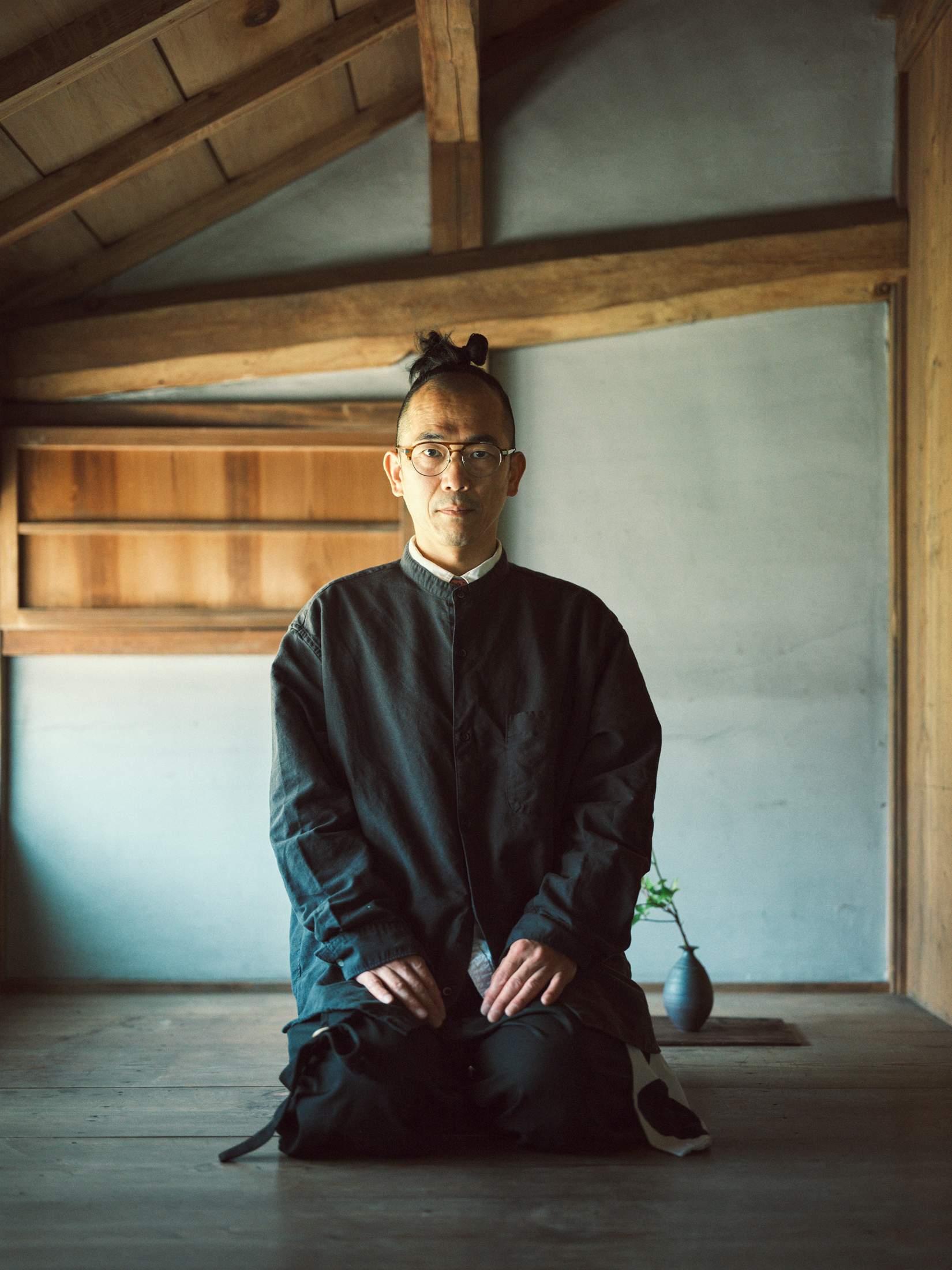

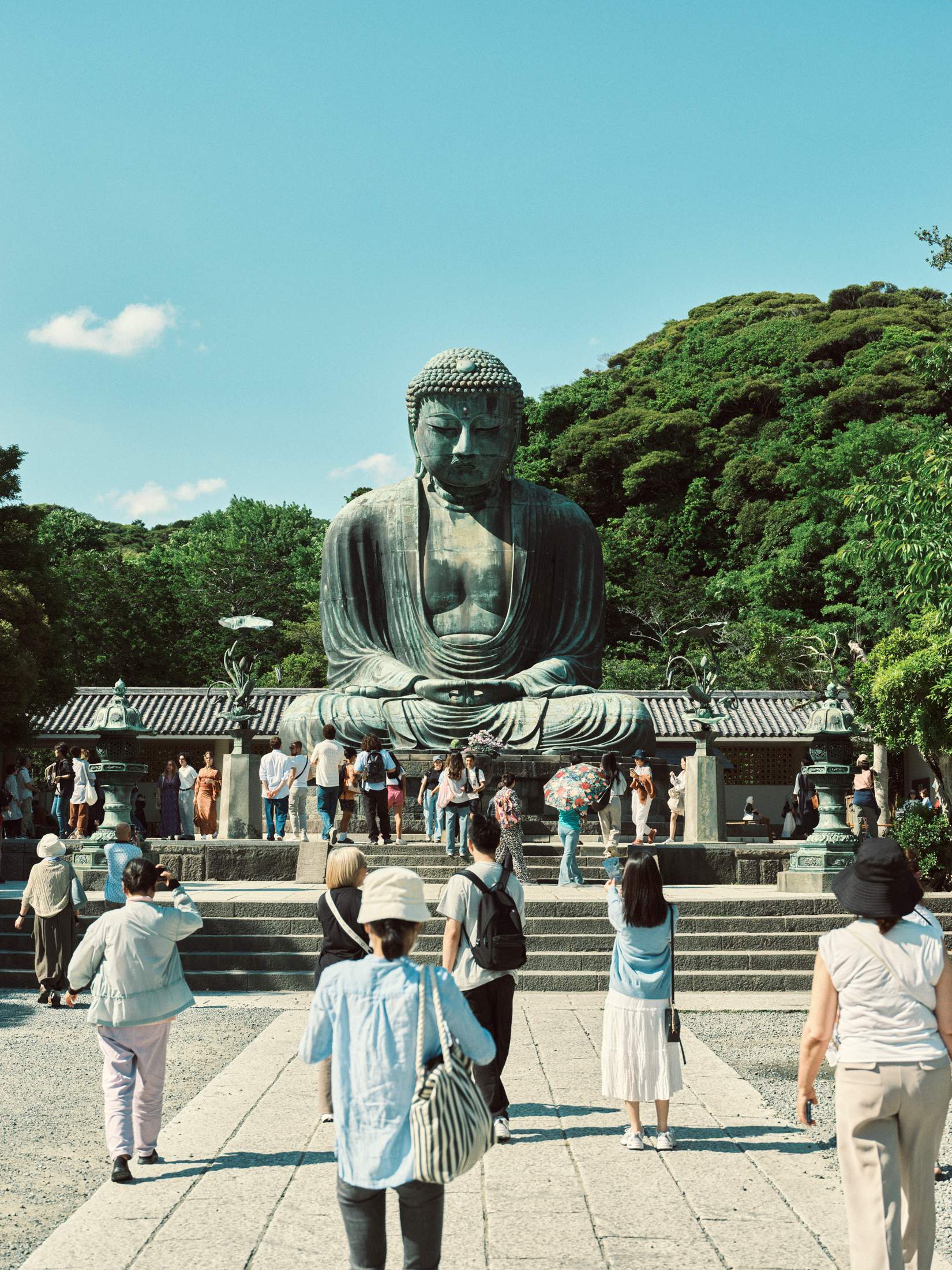

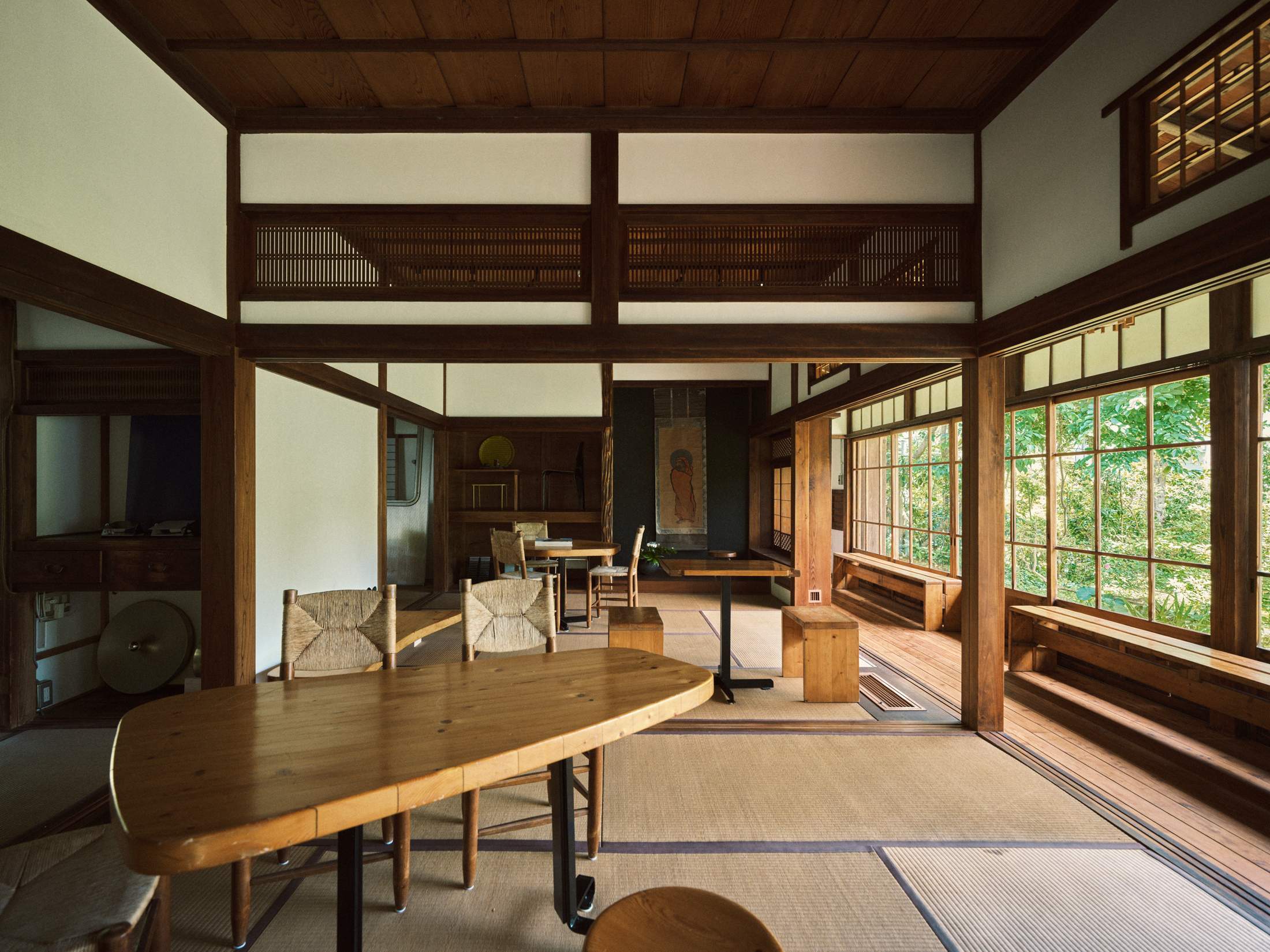
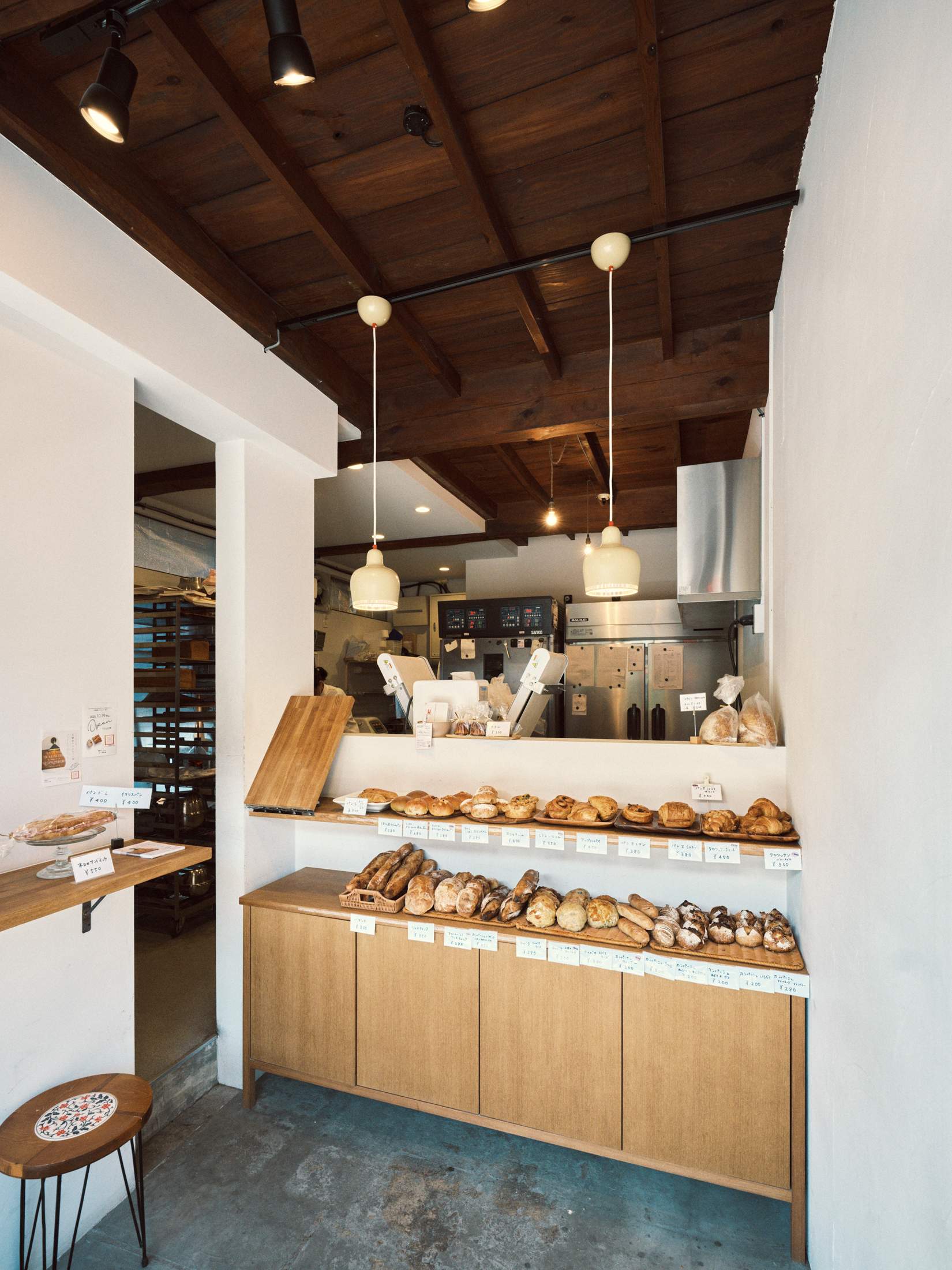
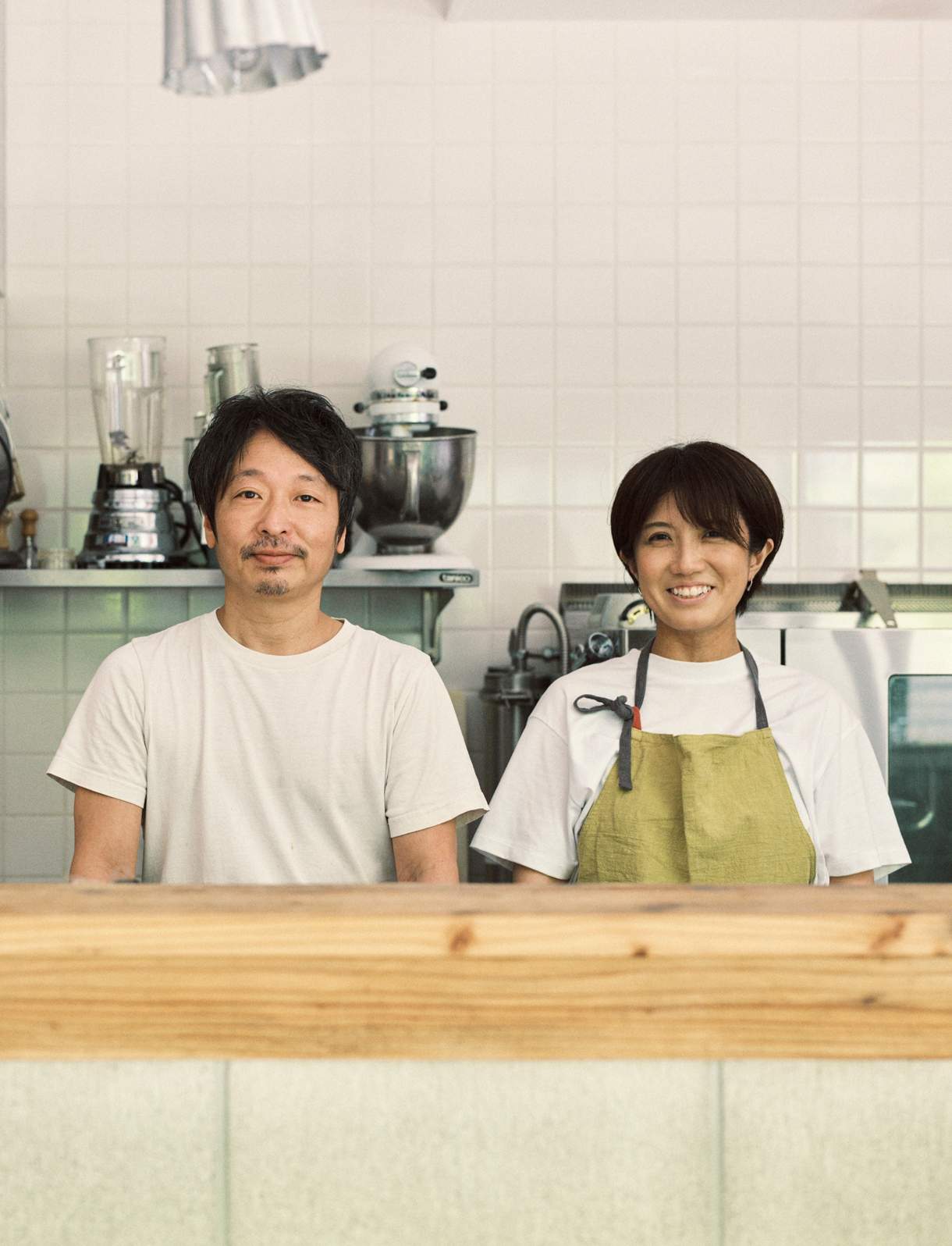



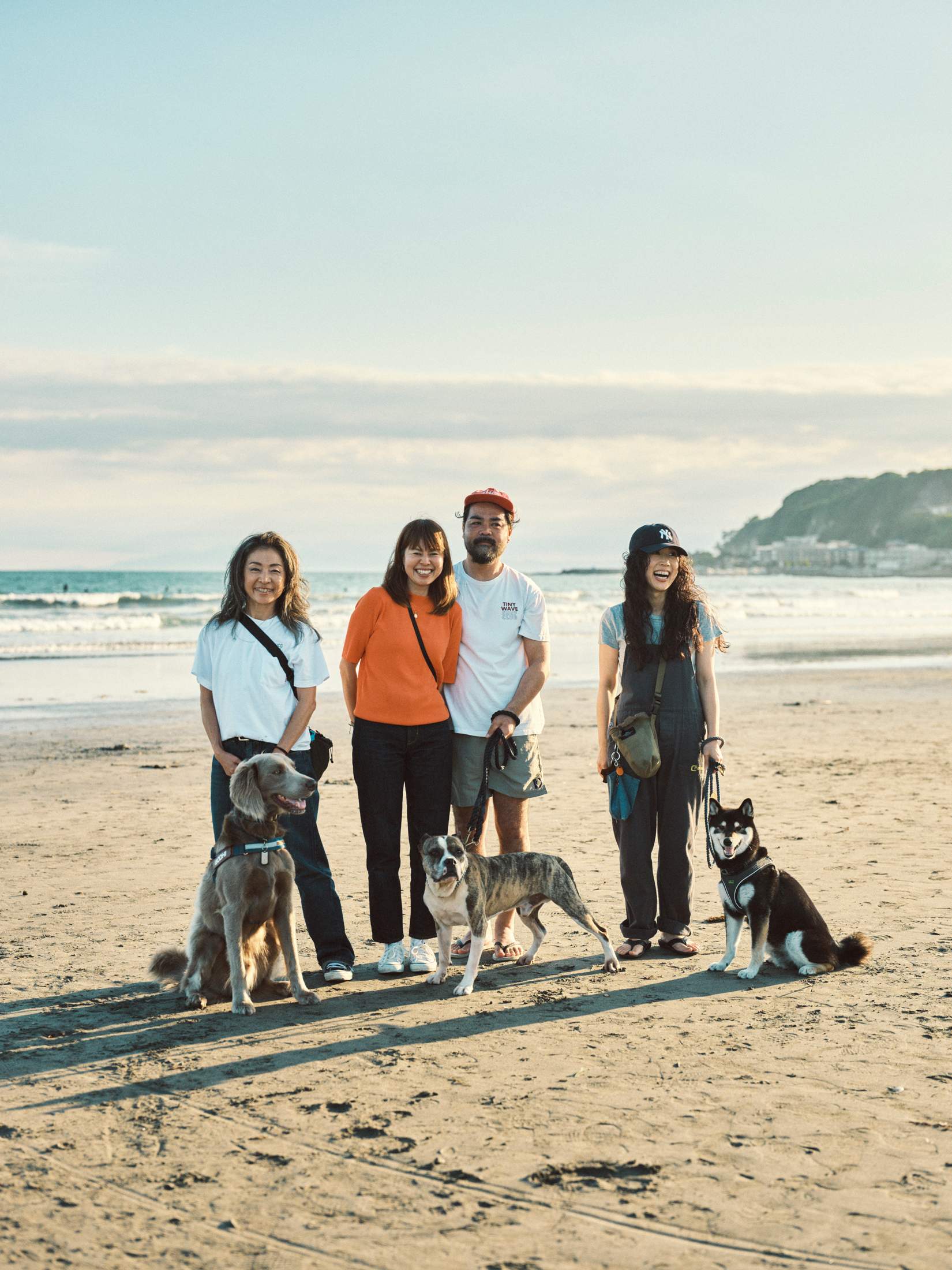
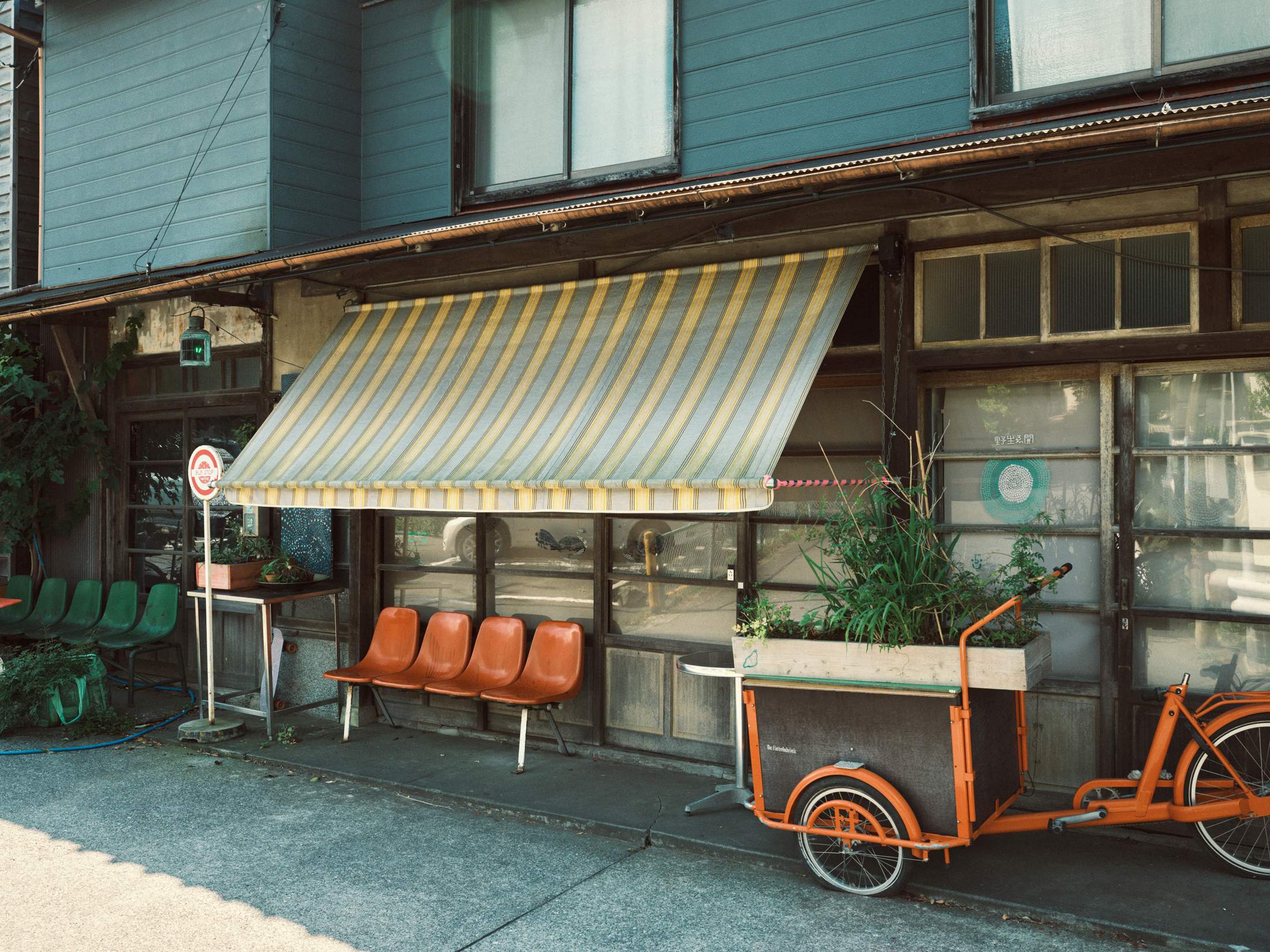
3.
Chiaia & Vomero, Italy
“I wouldn’t go to any other city in the world,” says Giò Nardi as he shows monocle around his apartment in Naples’ upscale Chiaia neighbourhood. Like so many we speak to during three days in the city, something drew Nardi, a DJ and events organiser, back to his hometown after some time away. It might have something to do with the Bay of Naples glistening away in the distance just outside the window. “I can swim before work or go to Capri at weekends,” he says. “It still feels authentic here.”
Naples’ stretch of coastline isn’t the Côte d’Azur – but that’s the point that Nardi is making. Neighbourhoods such as Chiaia feel rooted in place rather than transformed into tourist playgrounds; community still exists. One resident we meet by the district’s waterfront, who gives his name only as Andrea, says that he has lived in Miami and Barcelona but Naples always wins due to “the Neapolitan’s heart; a Neapolitan will always help you”, before zipping down the Viale Anton Dohrn on his BMW CE 04 electric motorbike.
Chiaia is one of the city’s most liveable quarters, with shops, bars and restaurants at its centre. As you retreat from the shore and up into the hills, it becomes populated by 18th and 19th-century villas, plus the occasional Liberty beauty. Nardi calls the area “a good compromise” between the centre – teeming with history but chaotic and full of tourists – and more residential Posillipo further round the coast.
That sense of warmth is shared by Lucrezia Maspero, a tennis instructor originally from Milan, who met her Neapolitan husband in Rome and moved to the city eight years ago. We meet in the Villa Floridiana park in Vomero, a leafy neighbourhood with spectacular views, that sits immediately above Chiaia. “People are very close here,” she says. “You feel immediately at home.” And while she admits that it lacks playgrounds for her two children and other civic amenities, she can still jump in a canoe and explore the coast or be in woodland in less than an hour.
Back in Chiaia, gallerist Federica Sheehan shows monocle around the Naples outpost of London’s Thomas Dane gallery, open since 2018. Set in a grandiose 19th-century villa, Sheehan says that Chiaia has the “space and light” that the centre lacks. She also explains the neighbourhood’s deep contemporary art roots, pioneered by art dealer Lucio Amelio and continued by the likes of Studio Trisorio and Galleria Lia Rumma.
In the evening, people are drinking aperitivo on Via Bisignano, while children play football and adults fish off rocks on the waterfront. Restaurants and taverns such as Cap’alice, Osteria della Mattonella or Vomero’s historic Gorizia pizzeria mean that it’s hard not to eat well. Over at Jus natural wine bar and restaurant, small dishes including luvaro (a local fish) served with a strawberry vinegar and celery, and anchovy fillets accompanied by fragrant bergamot butter, can all be washed down with a glass of minerally Greco di Tufo white wine.
Jus owner Diego Amura left a job in telecommunications to follow his passion for wines in 2021 and hasn’t looked back, helped by the fact that his commute is precisely a three-minute walk. “I love it here. I practically live on the sea and arriving at work is a joy,” he says, before pausing for a moment. “The sea changes everything.”
Naples’ top spots
the bar
Jus
60 Via Giovanni Bausan
the restaurant
Cap’alice
28/m Via Giovanni Bausan
the outdoor space
Villa Floridiana Park
the cultural centre
Thomas Dane Gallery
thomasdanegallery.com
the shop
M Cilento & Fratello
cilento1780.it
